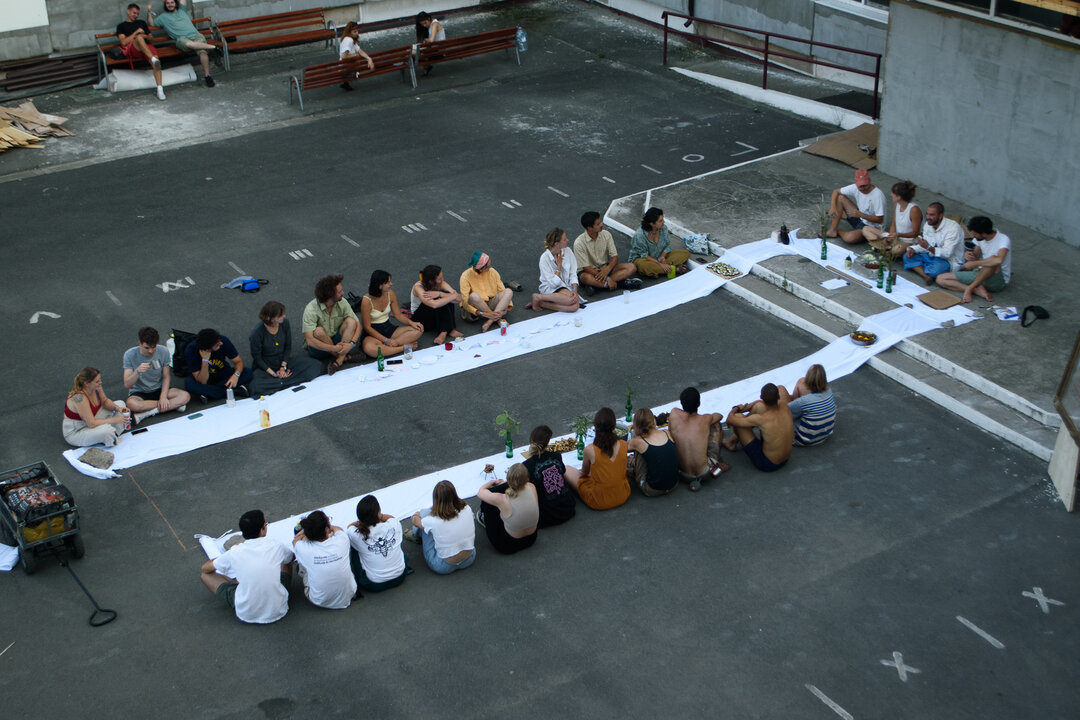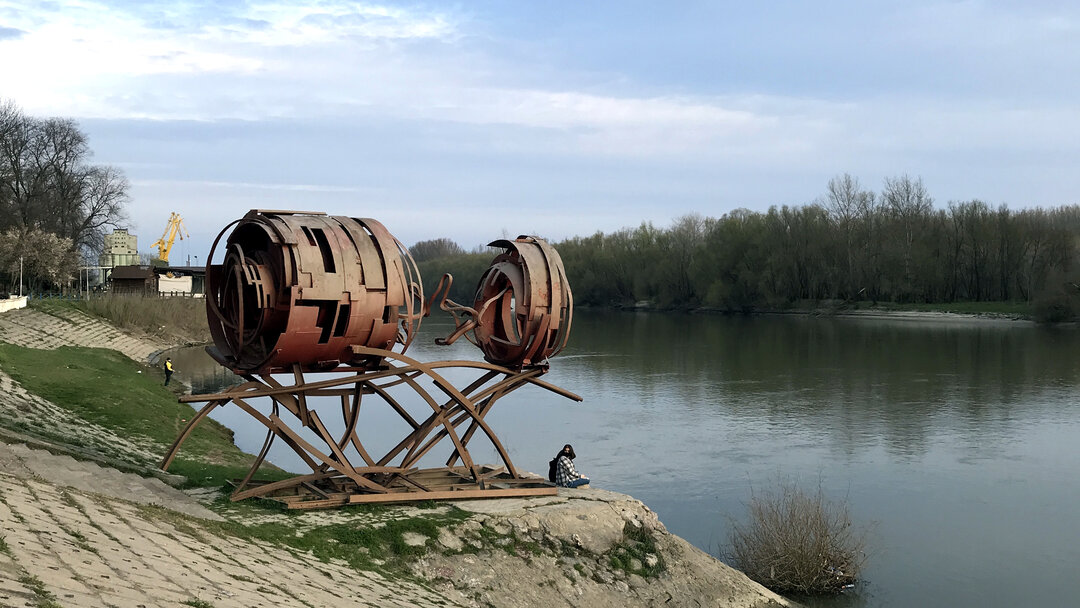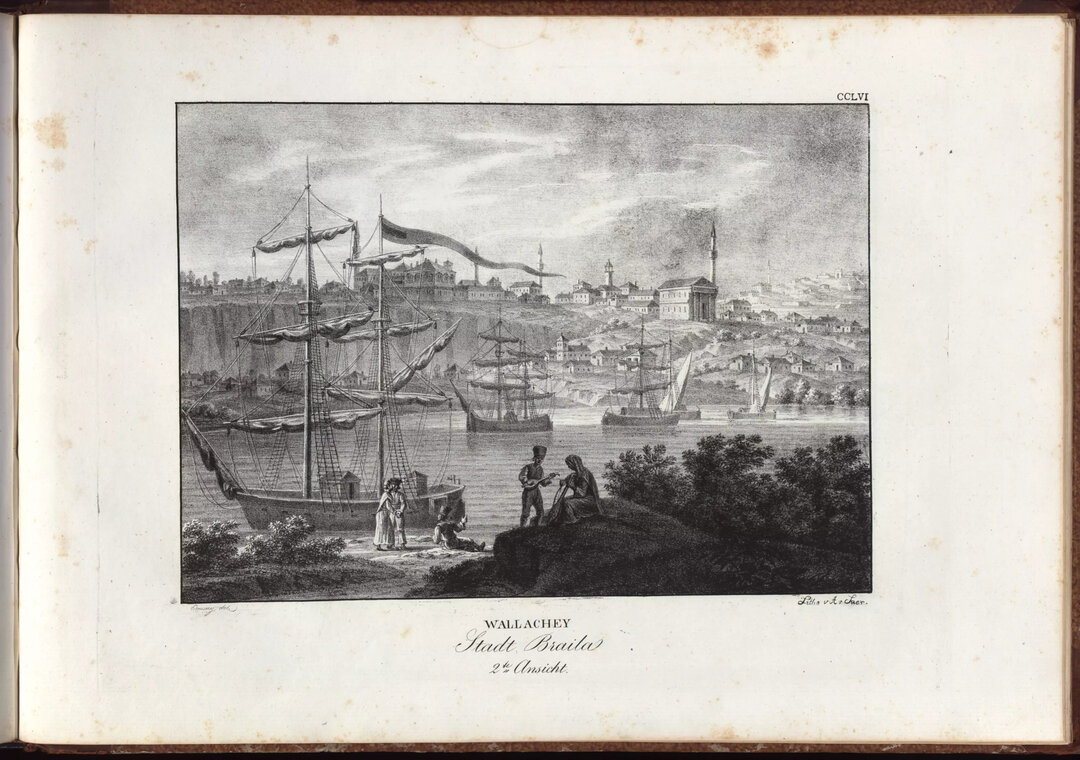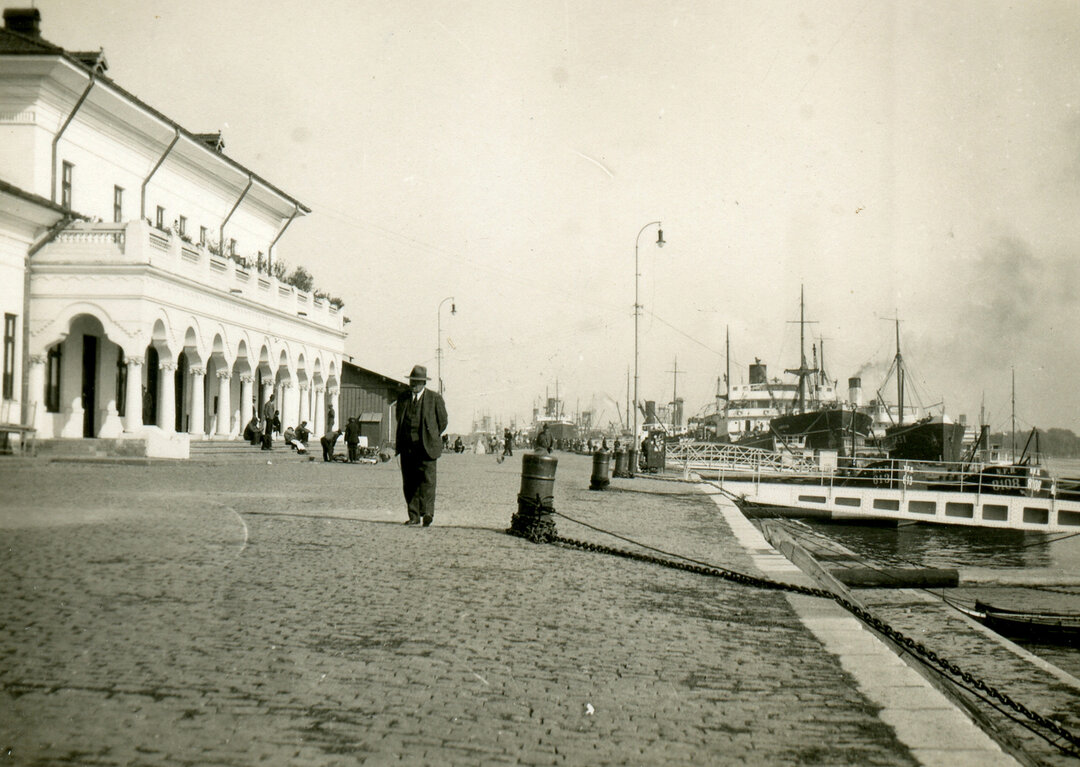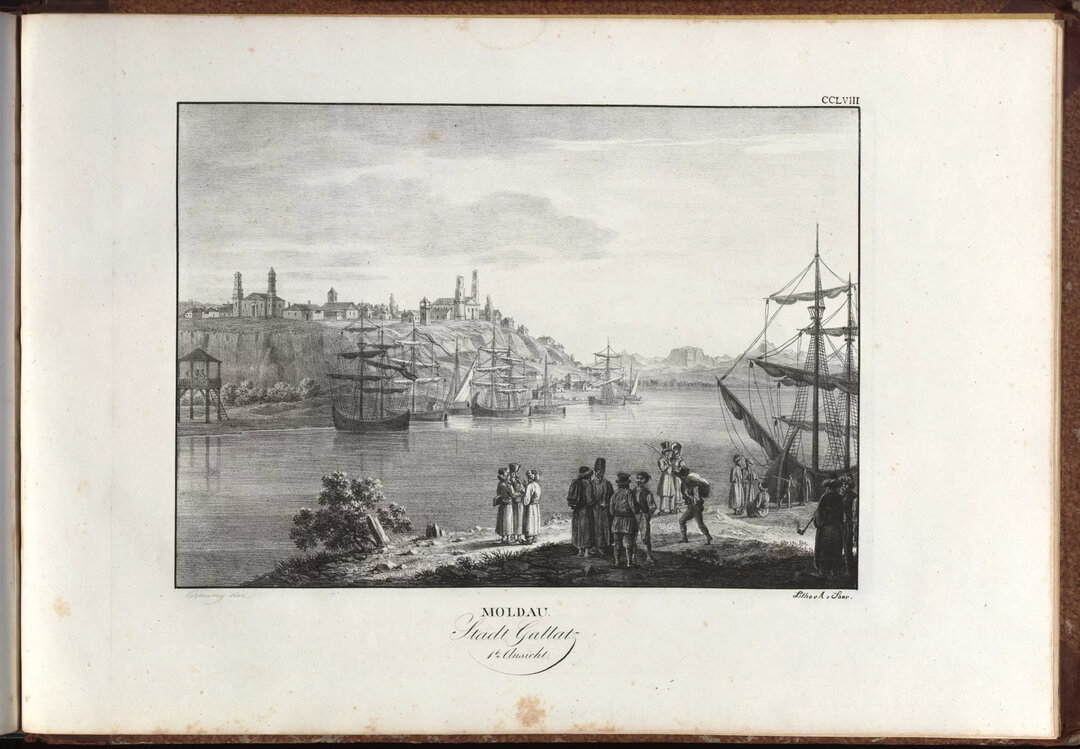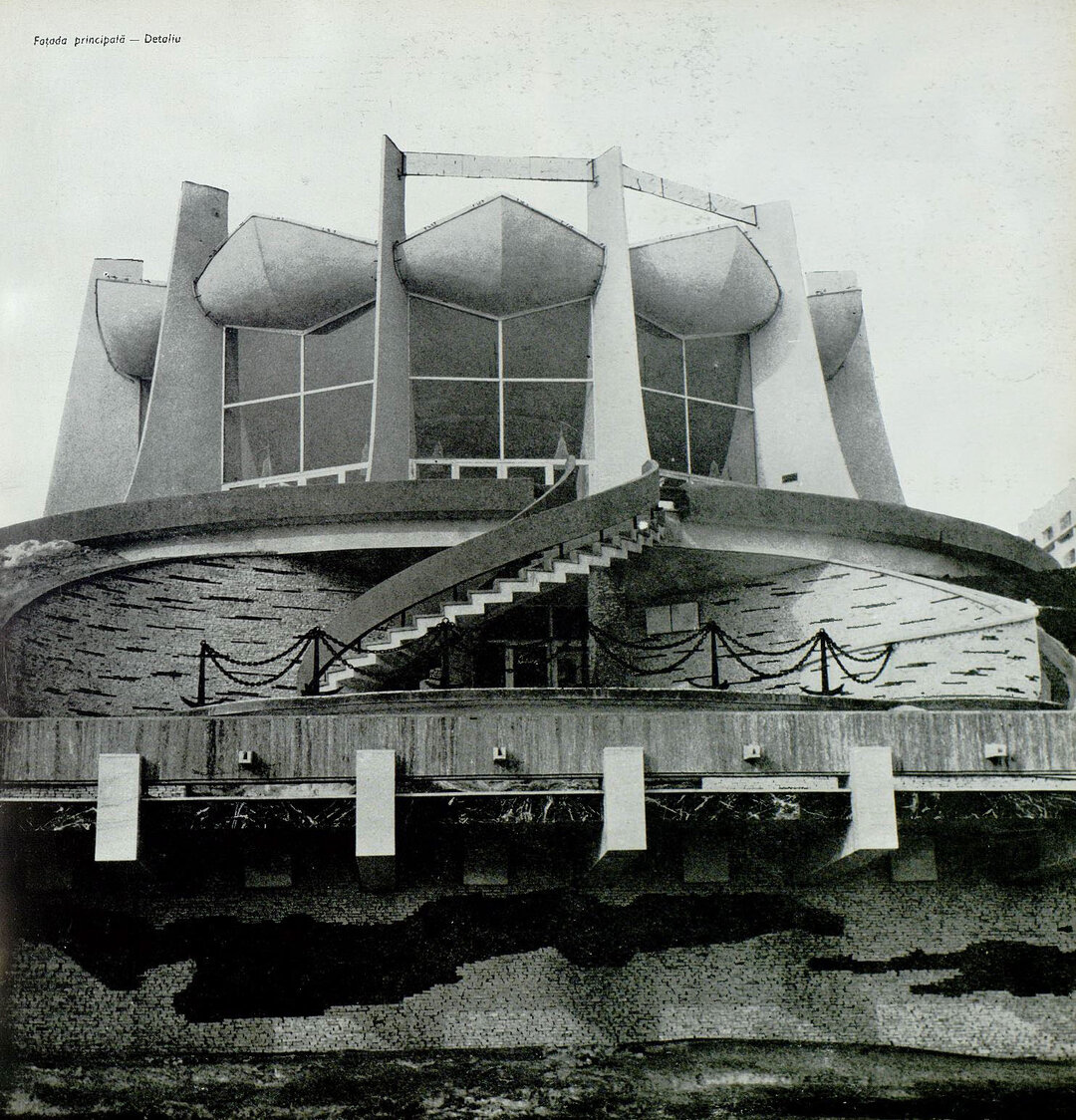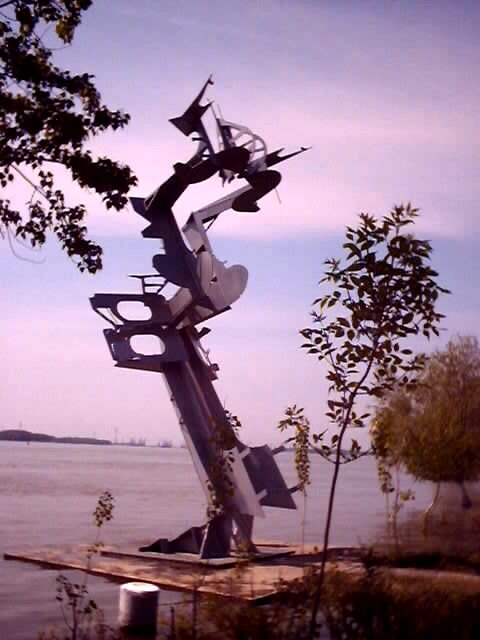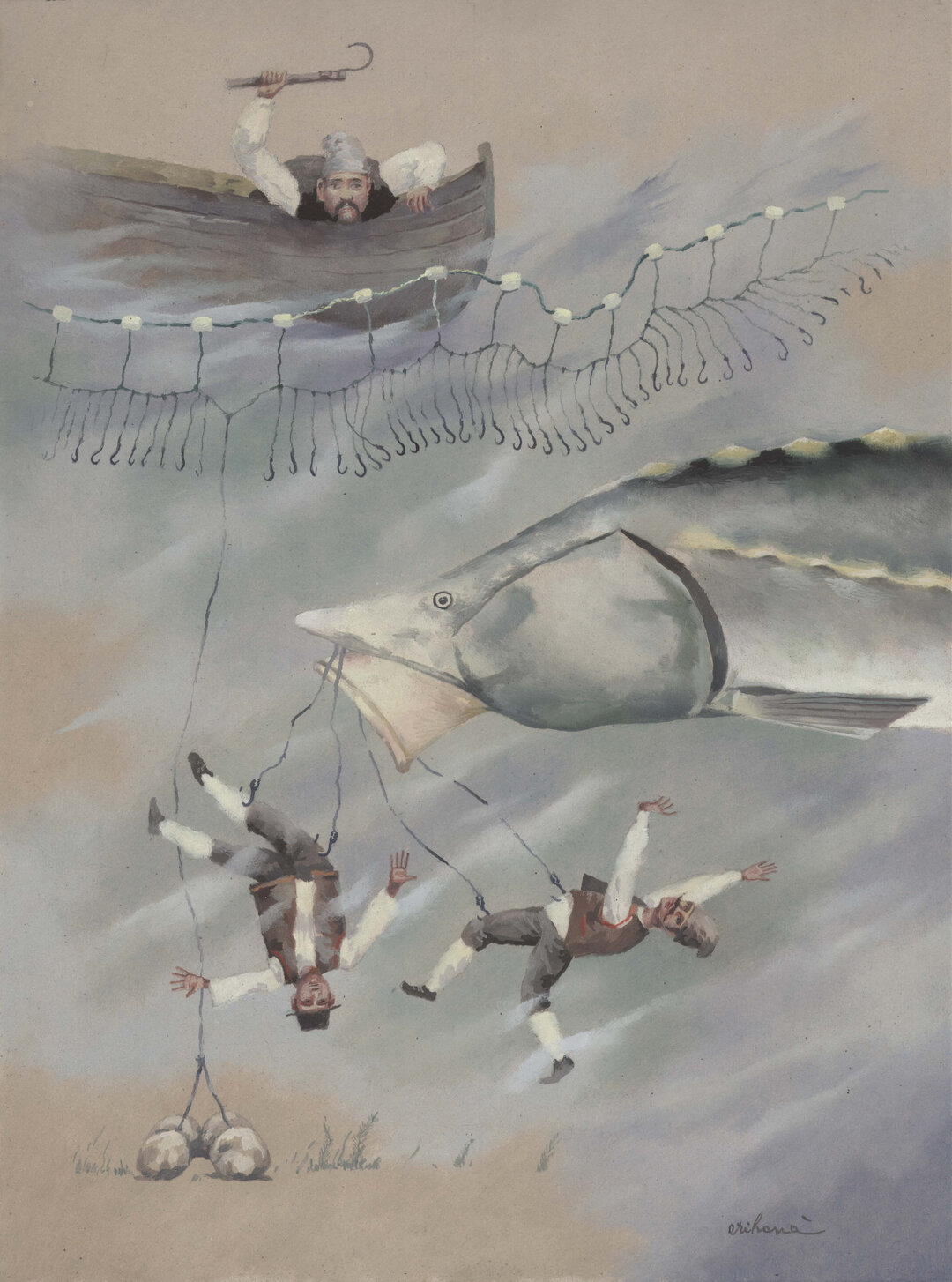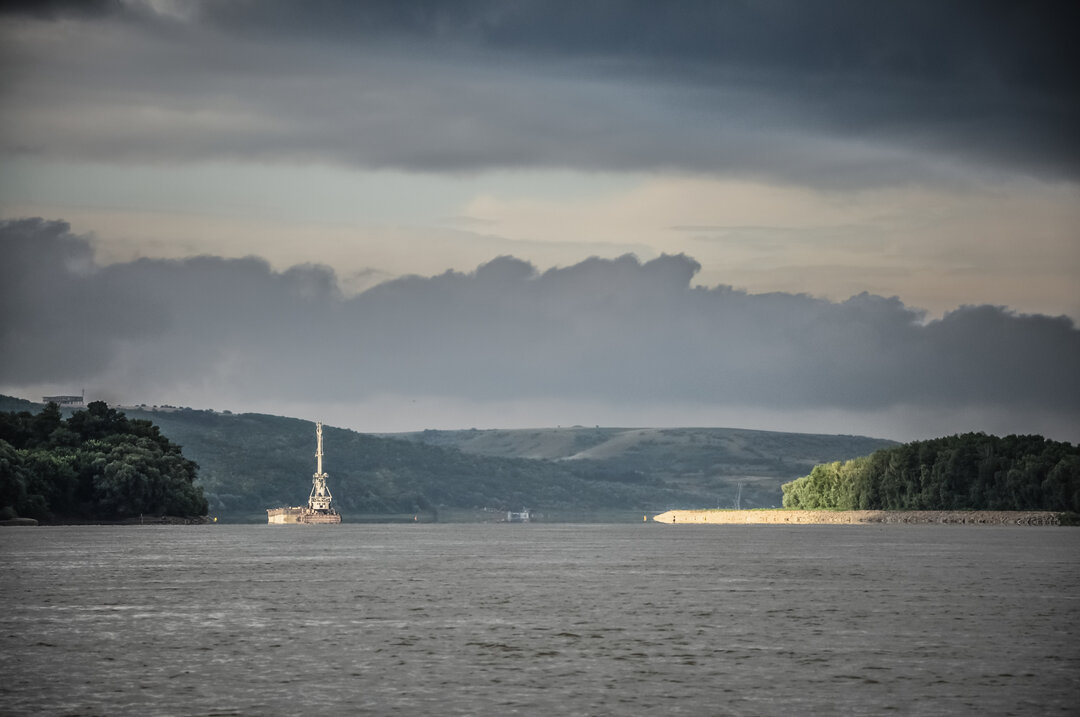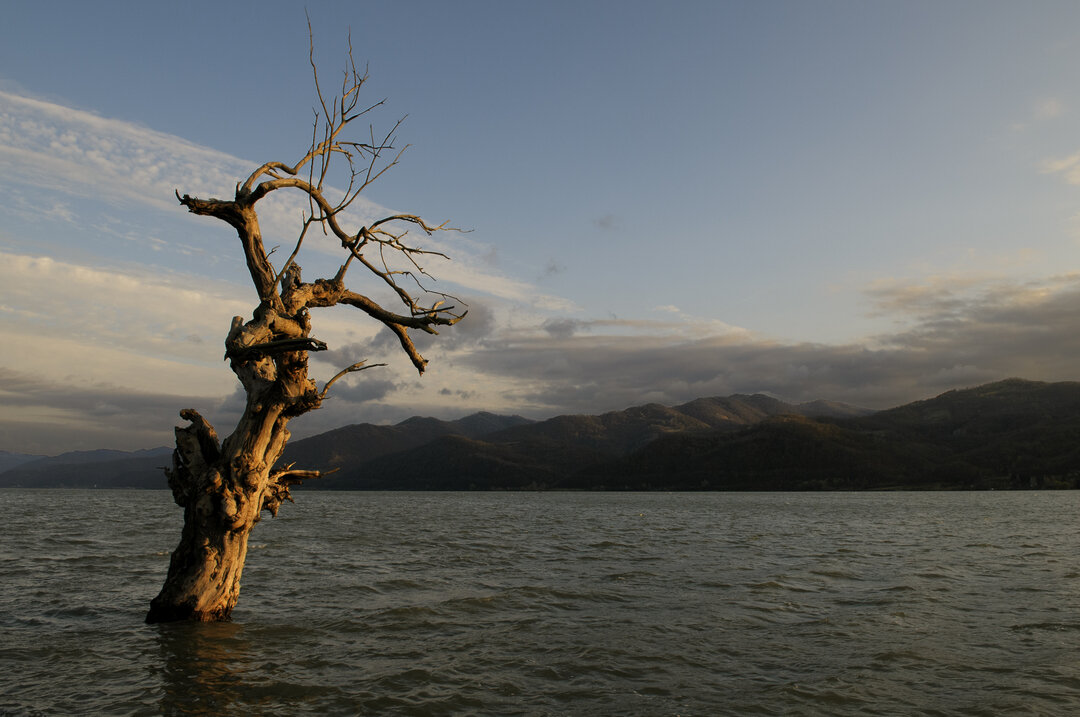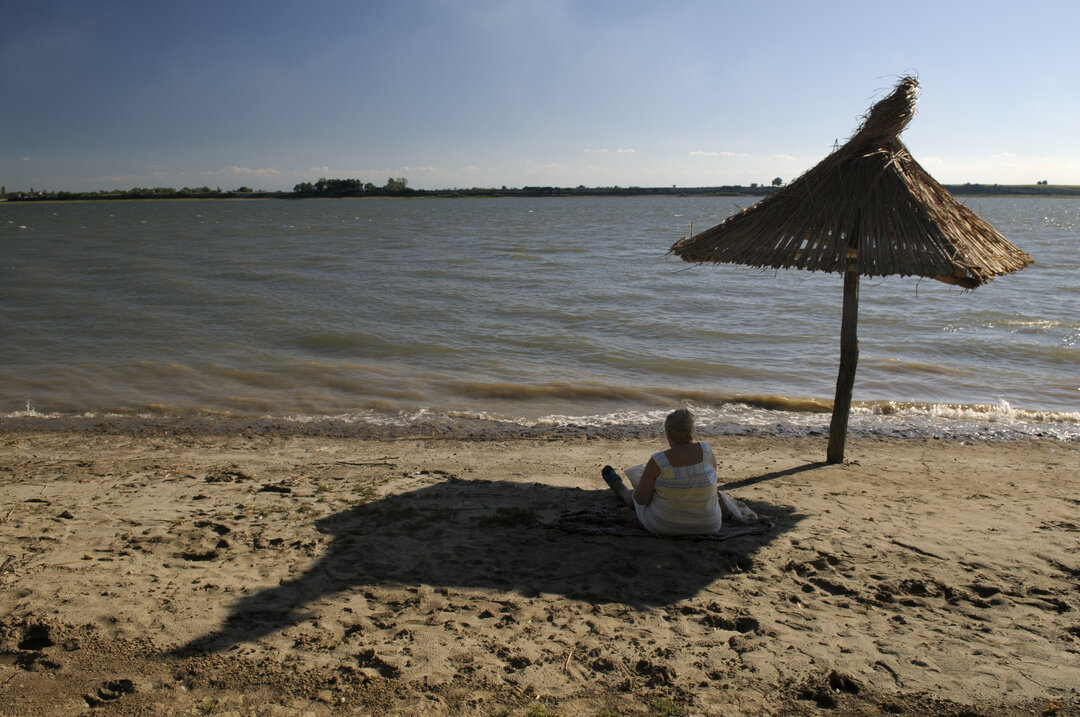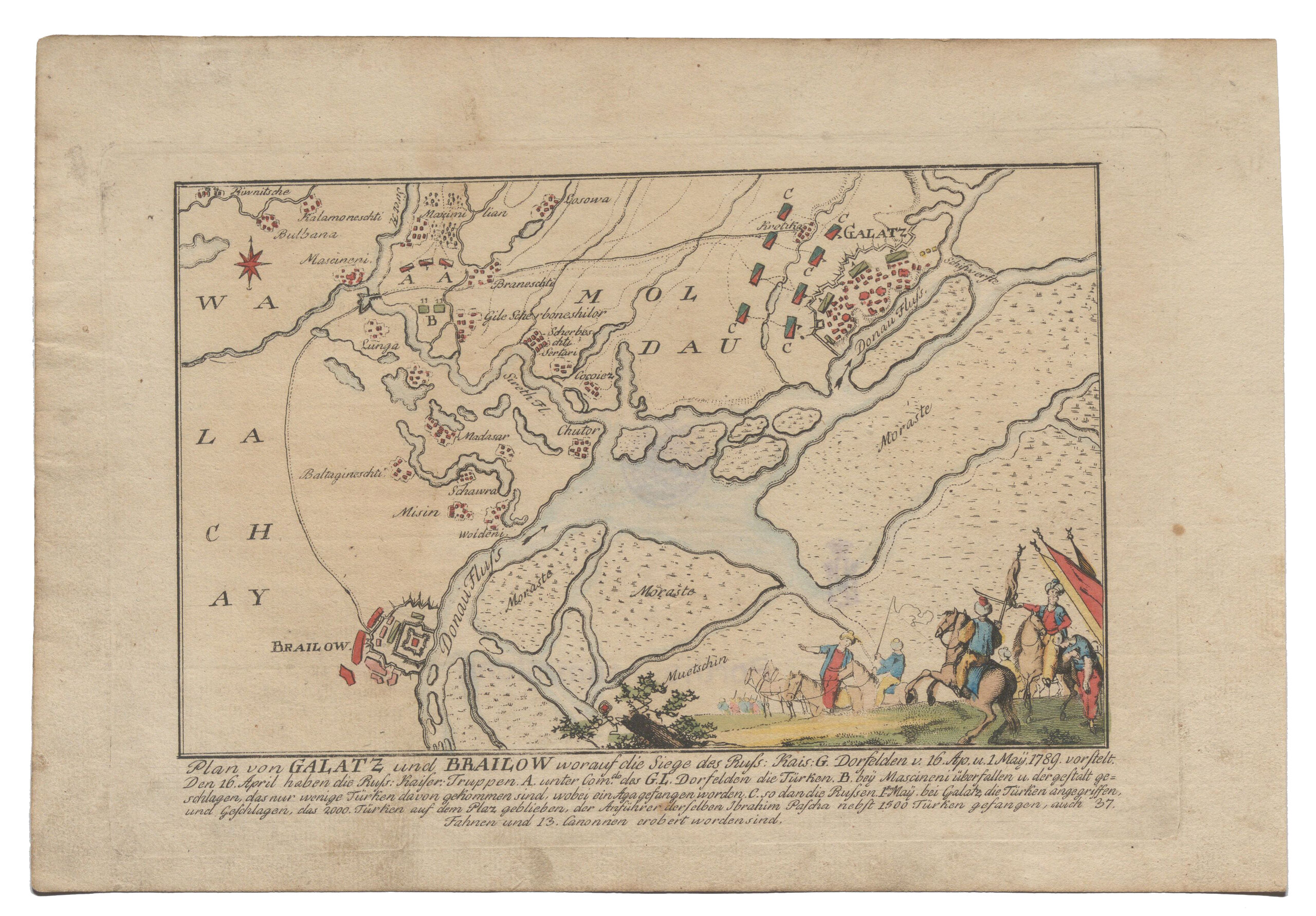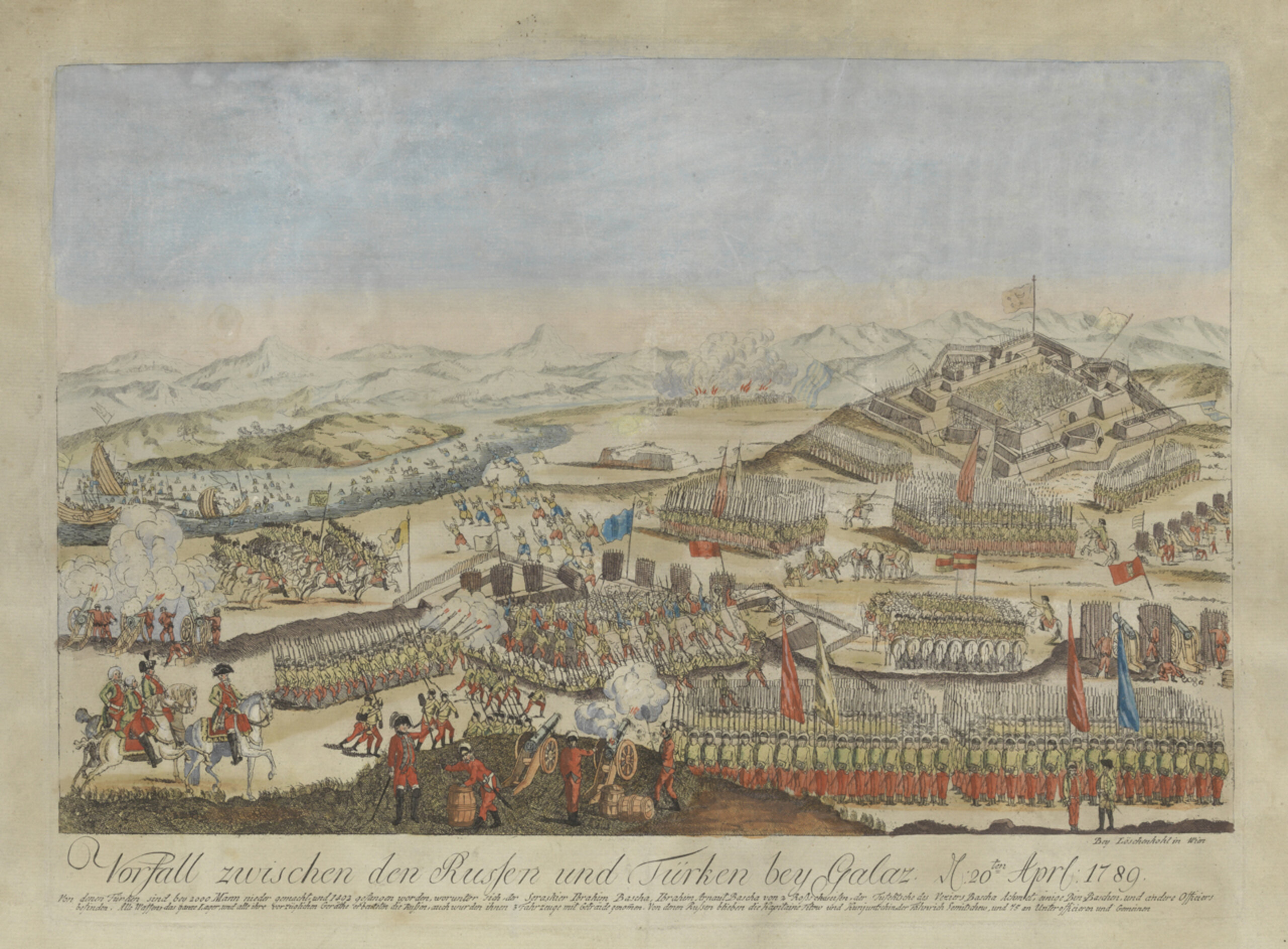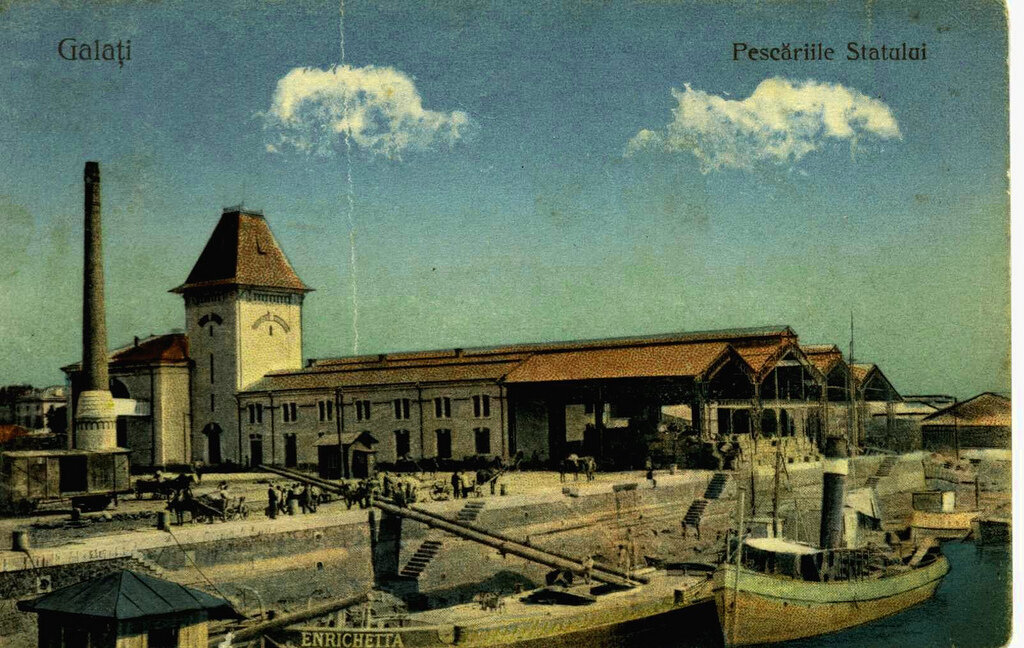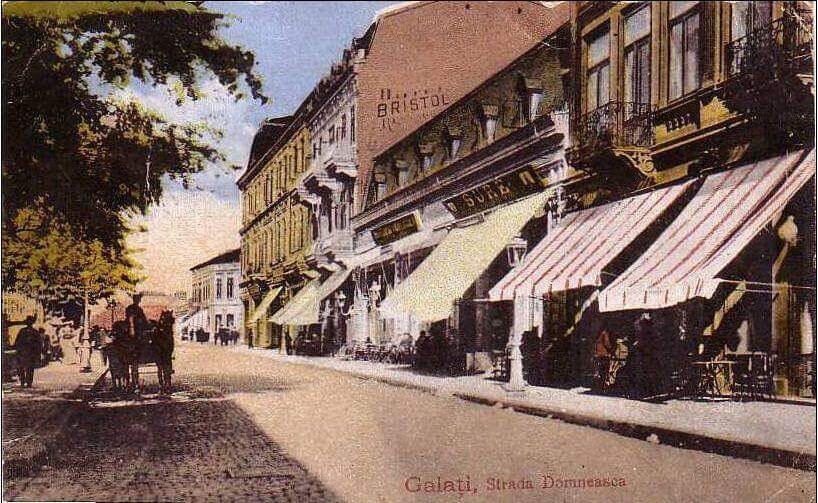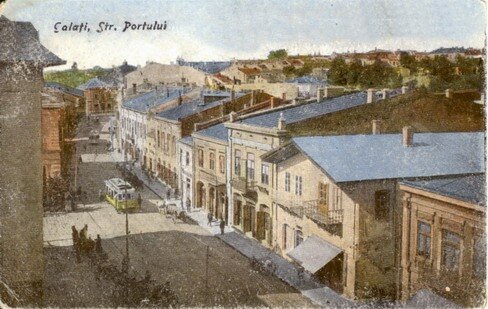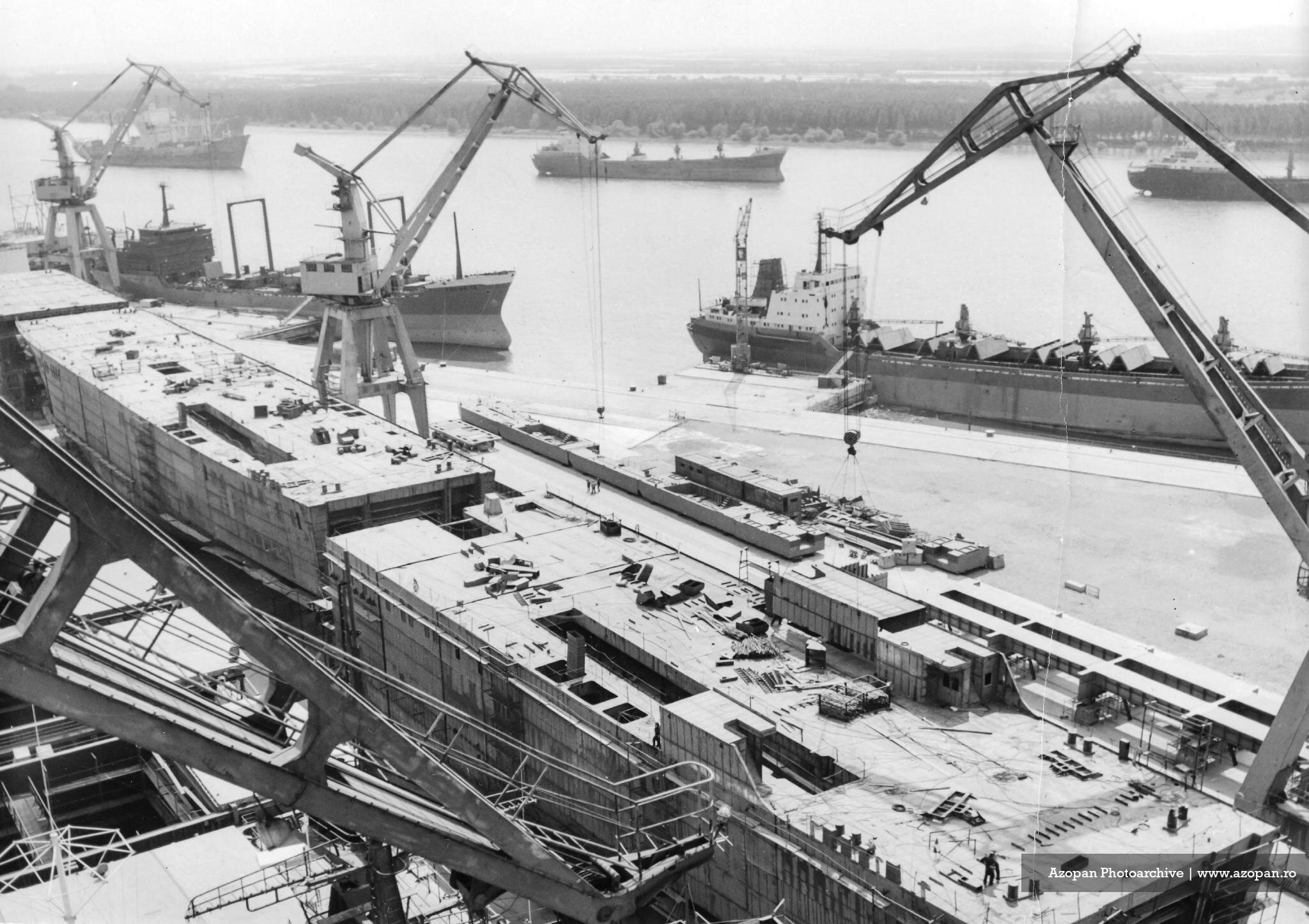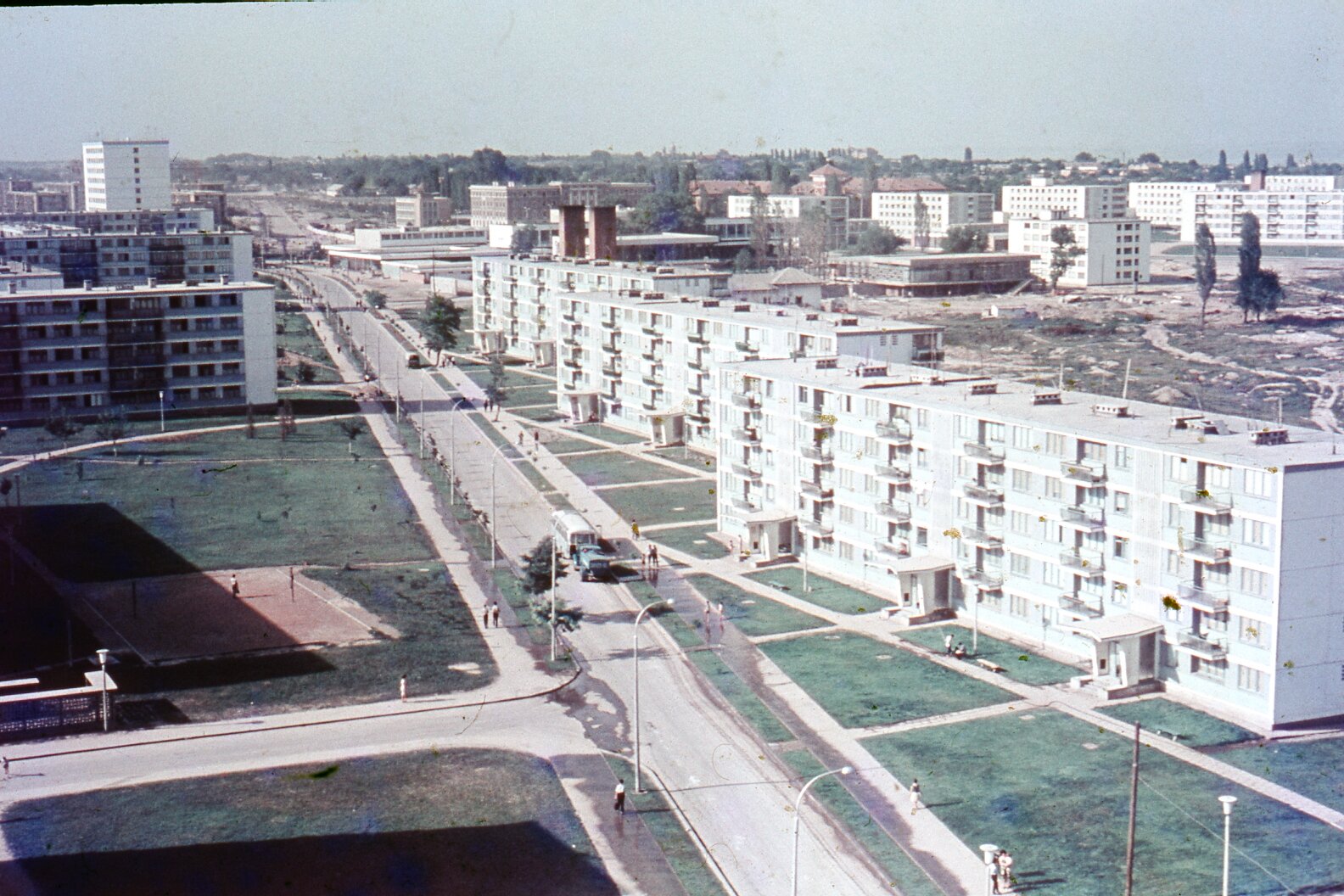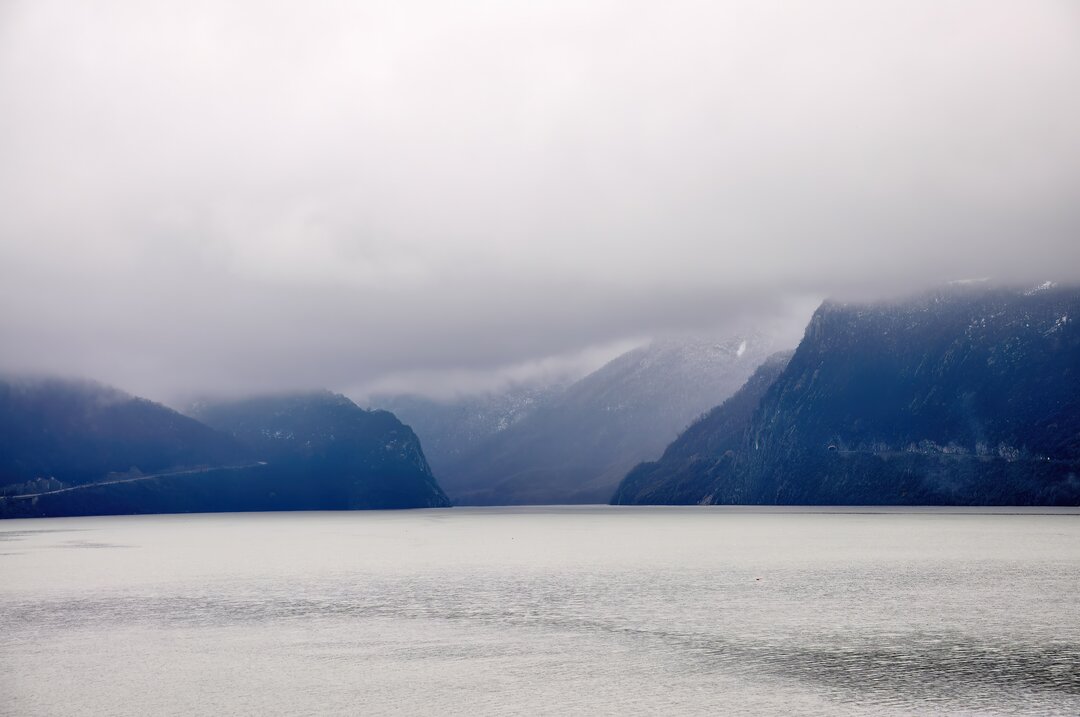
Galicians of yesteryear
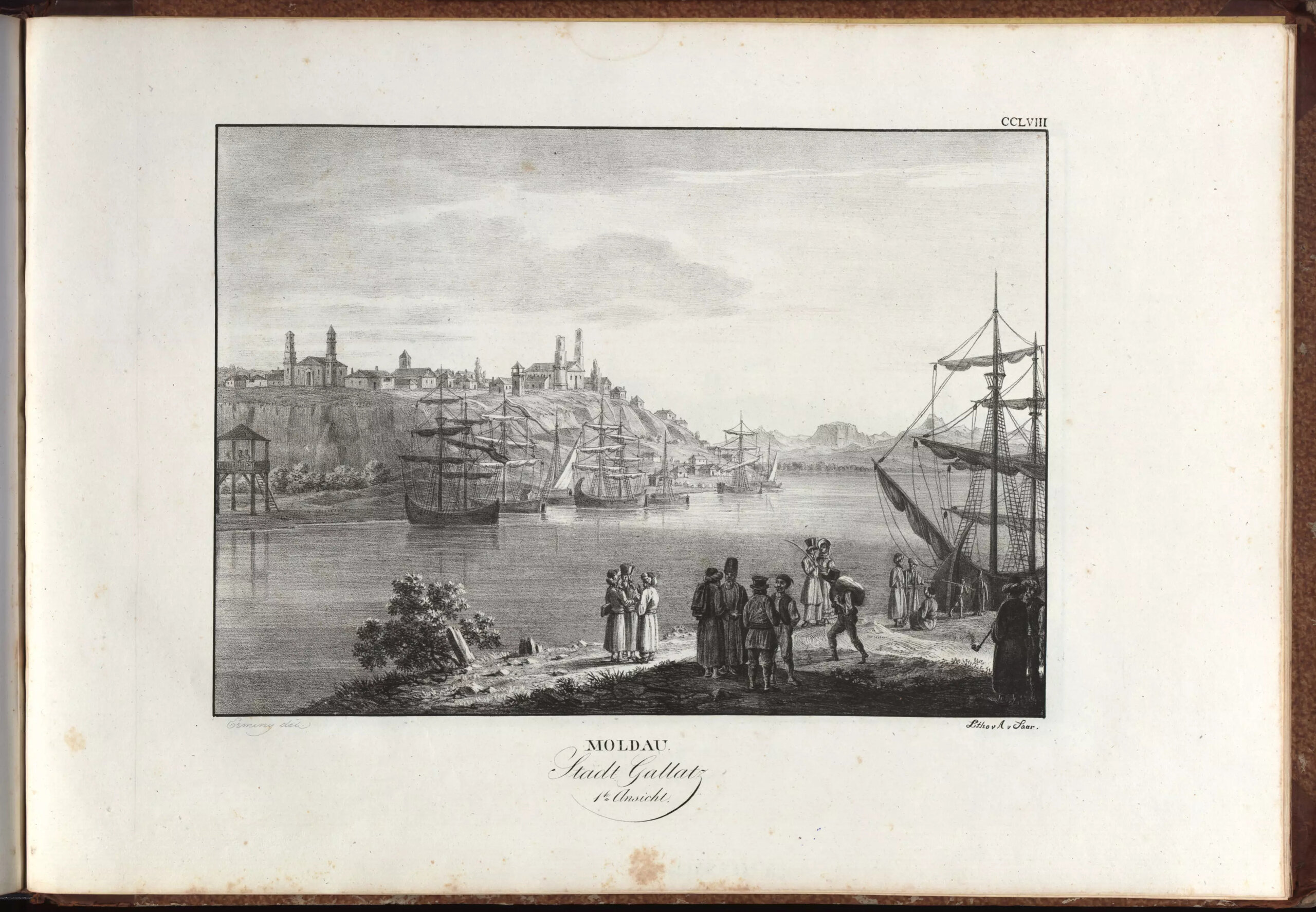
Between East and West
The first documentary mention of Galati (then a fair) dates back to 1445 (in an act signed by the ruler Stephen II). Galati grew in importance after the Turks conquered the cities of Chilia and Cetatea Albă in July-August 1484, remaining the only free Romanian port on the Danube and, from the 17th century onwards, becoming "the most famous trading fair on the whole Danube", according to the scholar Dimitrie Cantemir. We have many testimonies about the diversity of the population in the Moldavian area from foreign travelers who visited the country. The Italian Leonardo Celementi Vinitiana, for example, wrote in 1592: 'Many Armenians, Jews, Hungarians, Saxons, and Ragusans live in Moldavia, and they are in charge of trade, for it is they who send wheat and wine to Russia and Poland, and also lambs, blankets, wax, honey, salted ox meat, butter and vegetables to Constantinople'. The inhabitants of the market were engaged in trading in groceries, fishing, pottery, woodwork, etc. There were stonemasons, masons, carpenters, carpenters, painters, as evidenced by the churches built: Precista (1647), St. Dimitrie's Church (1648).
In Galati resided the pârcălabul, who administered both the city and the county of Covurlui. He was the representative of the local executive power and commander of the harbor.
In the 18th century, Galati developed and became an important economic center, as almost all trade in the Lower Danube area was carried out only through Galati. The whole of Moldavia was spreading the riches of its land on foreign ships. Ships from the Levant, Egypt and North Africa arrived in the port of Galati with foreign goods and returned laden with the riches of Moldavia.
During the Russo-Turkish wars of the 18th and early 19th centuries, the city was desolated and plundered many times, but despite these hard times trade and navigation developed to such an extent that the first local consulate organized by Russia appeared (1775), France and England organized vice-consulates (1805), and America had a consulate in 1858. By 1834, Austrian steamships were already making regular steamers from Galati. Moreover, there was an important transit trade with German countries. Large military ships were built in the port of Galati, an important economic activity of the city. We learn from the writings of the abbot Bošković, a traveler through the Romanian Lands, that: "I saw a very large ship there, of the kind that the Turks call carravels, lying in the shipyard, ready to be launched. It had been commissioned by Isaac the Agag, the chief publican of Constantinople. The ship was very large, seventy by seventeen paces, and laden with eighty-four bronze cannons."
The beginning of Galati's modernization
For hundreds of years, Galati's economic activity was mixed up with port activity, which was primarily commercial. Thus, links with countries outside the Ottoman Empire were formed long before 1829. The port retained its importance under Ottoman rule. The modernization of the city began with the removal of the Turkish monopoly over the country's economy with the signing of the Treaty of Adrianople (1829). This had a positive impact on the whole life of the city, leading to the development of crafts and manufacturing, the local market and trade, population growth, etc. Galați experienced an economic, social and cultural boom when, between 1837-1883, the port of Galați was a free port. After the Crimean War of 1854-1856, the Danube was the focus of attention of the European Great Powers, especially after 1856, when the European Danube Commission was set up, with its headquarters in Galati, with the aim of resolving a technical situation concerning navigation on the Danube.
The city on the Danube played an important role in the life of Alexandru Ioan Cuza (1820-1873), the future ruler of the Romanian Principalities, who lived in Galati from 1844 to 1859. He served as president of the Covurlui Court and was appointed as the pârcălab of Galați on June 6, 1856. Cuza would remain as a pârcălab until the elections for the ad hoc Divan, when he resigned. Alexandru Ioan Cuza was subsequently elected ruler of Moldova and Walla Wallachia. The new state formed by the union of Wallachia with Moldavia was officially called Romania from 1862.
After 1859, the port of Galati became the main exporter of goods from the country. It exported mainly cereals and timber, but also food and other products. There were trade links with Constantinople, London, Antwerp, Amsterdam, Amsterdam, Odessa. At the same time, the commercial activity of the city was booming, factories, craft workshops, manufactures, mills, foundries, distilleries were established. The city's construction and modernization works increase and in 1878 Galațiul becomes one of the most important commercial centers in the country. Galațiul is the only city in the country where, in 1876, there was a stock exchange, but it did not have suitable premises.
The two ports, Galati and Brăila, were visited by many of the country's leading personalities. Prince Carol of Hohenzollern-Sigmaringen, the future King Carol I of Romania, made numerous visits to the two cities, which were of great importance for the economy of the whole country. In 1866, Prince Carol visited the two port cities and found that all the work was carried out in an almost primitive way, with all the goods being distributed by porters. The streets leading to the port were unpaved and muddy when it rained. The prince then inspected all the public institutions: schools, the penitentiary, churches and then the large wooden barns used for storing grain. During his visit in 1869, the prince inspected the railway embankment. In April 1871, Prince Charles attended the meeting of the Danube Commission, which was held in Galati, then visited Braila. On his visit in 1873, Prince Carol inspected the troops at Tecuci, and then laid the foundation stone of the quays. The Prince hoped for a visible modernization and progress of the two cities on the Danube with the construction of the quays.
Galațiul was considered Romania's first port, but although it enjoyed the status of a free port - goods were not subject to duties and other advantages - the lack of warehouses and silos was directly felt in the port's activity. By the Customs Law of 1874, the free port regime of Galati and Braila was abolished, but as compensation for this loss, the law provided for the construction of docks and warehouses in both cities. There were requests from merchants, as well as from prominent personalities from Gălia, for the development of the quays and the construction of docks and silos. Thus, in 1881, the authorities approved the financing for the definitive completion of the docks and quays in the ports of Galati and Braila. Two more years passed until, in 1883, the authorities approved the money for the construction of docks, silos and warehouses in the two ports.
The task of realizing the docks and quays was given to the General Directorate of the Romanian Railways, whose management in 1884 appointed the engineer Anghel Saligny, at that time director of the construction of the Adjud-Târgu Ocna railway line, to design and execute the works in the two ports.
Anghel Saligny (April 19, 1854, Șerbănești, Galați County - June 17, 1925, Bucharest), Romanian academician, construction engineer, minister and teacher, is considered one of the world's pioneers in the design and construction of bridges and silos with metal or reinforced concrete structures. He is also considered one of the founders of Romanian engineering. Between 1884-1889, he worked on the construction of docks and warehouses in Galati and Braila, providing totally original solutions, including: the construction of foundations on layers of fascine and piles for quays, the construction of basins connecting the silos to the Danube and the use, for the first time in the world, in 1888, of reinforced concrete in the construction of silos in Braila and, in 1889, in Galati. Anghel Saligny also designed and built: the system of railroad bridges crossing the Danube between Fetești and Cernavodă (1890-1895), named after King Carol I, and the Anghel Saligny silos, Constanța (1909-1915).
The docks in the two ports of Brăila and Galati are almost identical, the difference is the height of the grain store in Brăila, which is higher than the one in Galati for technical reasons, the Brăila quay is one meter higher than the Galati quay. The silos in the two port cities are historical monuments.
The construction of the grain silo in Galati took 5 years, 1883-1889. The silos, designed and built under the direct guidance of Anghel Saligny, could hold more than 25,000 tons of grain (30 m x 120 m at the base and over 18 m high). The hexagonal cell walls of the silos were also made, also a world first, from pieces fabricated on the ground in the form of slabs. Prefabrication of the slabs on the ground, stiffening and junction corners, welding of the metal bars and mechanization during assembly are other world firsts.
After the construction of the grain silo and other port facilities, the number of foreign agencies in Galati increased. Many foreign companies were very active, the new facilities allowing both loading and unloading of goods and their storage.
As early as the 18th century, sea-going ships (caravels) for Alexandria and ships for the Ottoman Empire were being built at the Galati shipyard, a fact attested to by Dimitrie Cantemir. In 1857, the 'Franco-Danubian Company' was set up in Galati, with 700-800 employees, but it disappeared in 1878. In 1887, the naval arsenal appeared. But the father of the shipyard is considered to be Gheorghe Fernic, who in 1893 owned only an iron and bronze foundry, but in 1897, on a plot of land requested by the city council, with the financial support of French investors, opened the shipyard, where in 1899 the first ships were repaired at "Ghe. Fernic & Co. During the communist period it maintained its place as an important shipyard in the country and even in the countries of the communist bloc, and since 1999 it has been taken over by the Dutch investor Damen Shipyards, which owns the majority stake.
As for freight and passenger transport on the Danube, it is more active thanks to the improvements made by the European Danube Commission, which had its headquarters in Galati, and the increase in the number of shipping companies. Since 1874, Russian, French and Ottoman shipping companies have been operating in Galati, linking Galati with Odessa, London, Marseille, Antwerp. Amsterdam, Constantinople. The Romanian River Navigation Service was established in 1887 and the first Galați-Brăila passenger liner opened in 1893.
Heritage of Galati
The city flourished particularly during the period 1900-1930, becoming the fifth largest city in Romania in terms of population (approximately 112,000 inhabitants) in the 1930 census, after Bucharest, Chisinau, Iasi and Chernivtsi. Social and cultural life progressed at the beginning of the 20th century, theaters appeared, the philharmonic was founded (1916), the V. A. Urechia Library, the city is visited by personalities of cultural life. Towards the end of the 19th and the beginning of the 20th century, several famous high schools in Galati move to new, imposing buildings and educational institutions are established (Normal School, V. Alecsandri, Commercial School, Notre Dame de Sion, German School). Parks and public gardens were built, foreign landscape gardeners were brought in, statues of personalities were unveiled: the statue of Mihai Eminescu in the Central Park in 1911 and the statue of Costache Negri in 1912 in the Royal Square.
At the beginning of the 20th century (1905-1923), important public buildings were erected, for which important architects were invited. In 1904-1905 the Administrative Palace, today the headquarters of the Galați County Prefecture, was built by the architect Ion Mincu, his first public building. An imposing building, the Palace was inaugurated on April 27, 1906. On the main façade, on the upper level, there are two statues made of white marble - "Industry" and "Agriculture" by the sculptor Frederic Storck. On the pediment is a large clock. Each hour is marked by a few musical phrases of the immortal waltz "Valurile Dunării", by the Gelaise composer Losif Ivanovich (1845-1902). The Navigation Palace dates back to the last decade of the 19th century, early 20th century, and was designed by the architect Petre Antonescu. It is currently the headquarters of several institutions such as the Maritime Danube Ports Administration or the Romanian River Navigation Company Navrom.
Situated in the center of Galati, the former Palace of Justice, today the seat of the University of Danube University, was built between 1911-1913 by architects Grigore Cerchez and Anton Vârnav, occupies in the old architectural landscape of the municipality the most prominent place, due to its monumentality. The State Fish Halls, started in 1912, were inaugurated on July 16, 1915 and occupied 5,500 square meters of the historic granite-finished quay, being one of the largest fish processing and packing centers in Europe, equipped with refrigeration facilities at the level of the latest North European techniques. The Archbishop's Cathedral of Galati was built between 1906-1917 by the architects Petre Antonescu and Ștefan Burcuș, the building was damaged in the earthquakes of 1940 and 1977, being restored and consolidated.
Alongside these important buildings, Galati has a multi-ethnic heritage, bringing together monuments representative of the ethnic communities that have lived together in peace for centuries: public and private buildings (schools, hospitals, houses, hotels - Liceul Israelit, Military Hospital "Dr.. Aristide Serfiotti", Cavalioti House, Zafiratos House, Gheorghiade House, Lambrinidi House, Auschnitt House, Macri House, Grand Hotel), as well as places of worship, the Temple of the Craftsmen, the Greek Church of the Transfiguration, the Armenian Church of St. Mary, the Bulgarian Church of St. Pantelimon, the Lipovenetian Church of St. Nicholas, the Roman Catholic Church, etc.
Galațiul during the two world wars
On the socio-economic level, the outbreak of the war had the heaviest consequences for the city of Galati, affecting all the city's economic sectors and lowering the population's standard of living. The interruption of maritime communications with Western countries, particularly England and France, following the closure of the Bosphorus and Dardanelles Straits, which accounted for 97% of Romania's exports and 60% of its imports, dealt a severe blow to the city's economic life, with port activity stagnating.
The battles in Galati in January 1918 were the only ones fought on land, water and air and were fought between the armed forces of the Kingdom of Romania and Russian volunteer corps deserted from the former Russian Imperial Army, as well as the Bolsheviks. The Russians bombarded the city and disarmed the Romanian troops, even though they were allied in the war. The Romanians counterattacked furiously and the Russians surrendered to the German army.
During the Second World War, Galațiul was destroyed by the German air force, which bombed the city center, the railway station, the port, etc. Countless houses were also destroyed and the population suffered greatly. Unfortunately, the city center was almost completely destroyed in 1944, when retreating German troops and the American air force bombed Domnească, M. Bravu and Portului streets, almost all the buildings falling down. After the war, the communists rebuilt the city center according to their own project, causing the disappearance of the Royal Square and some streets that linked the port to the city center.
During the communist period, the city flourished after the construction of the Iron and Steel Works, through forced industrialization and the employment of many rural workers. In 1989, the city reached a population of 320,000, some of whom were employed in the plant. Various higher education institutes were set up in the 1950s, and in 1974 the University of Galati was founded, which in 1991 became the University of "Dan Danube of the Lower Danube".
Bibliography:
National Museum of Romanian History - Romanian Cities, late 19th - early 20th century, Bucharest, Cetatea de Scaun Publishing House, 2008

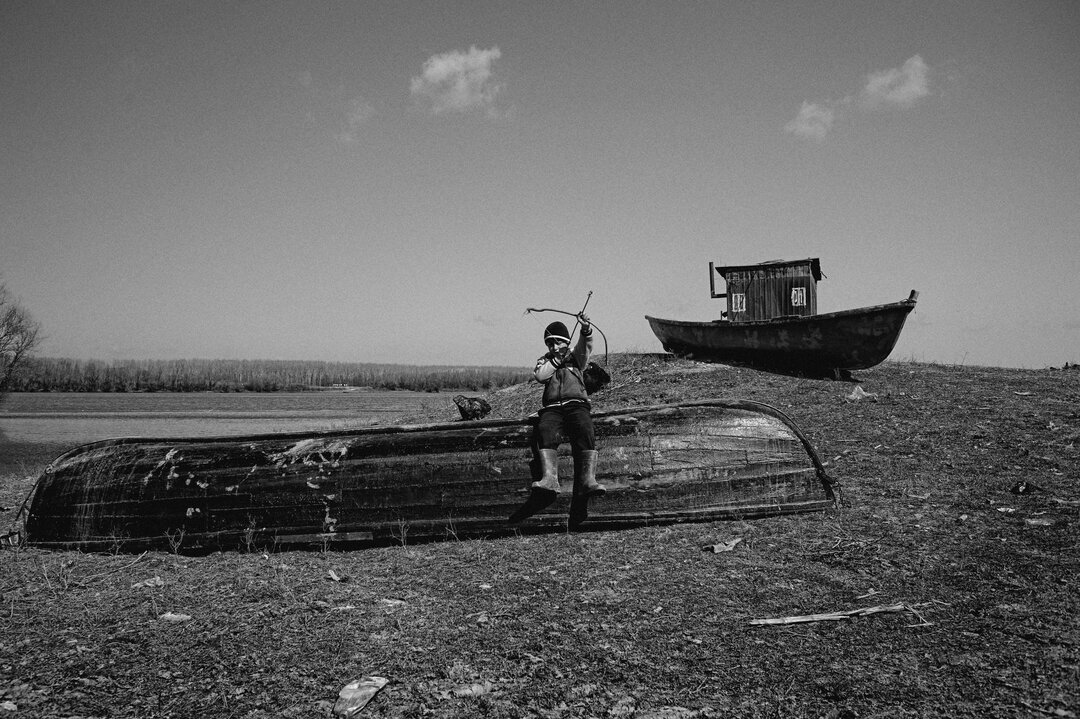
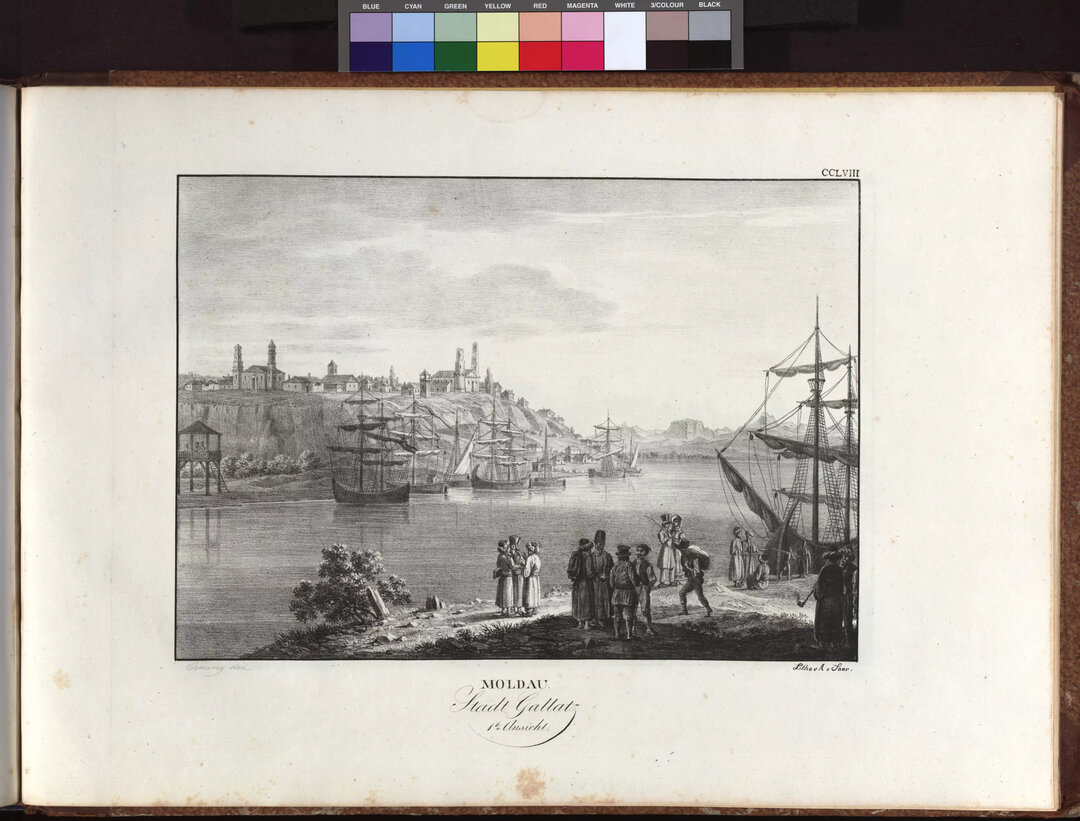
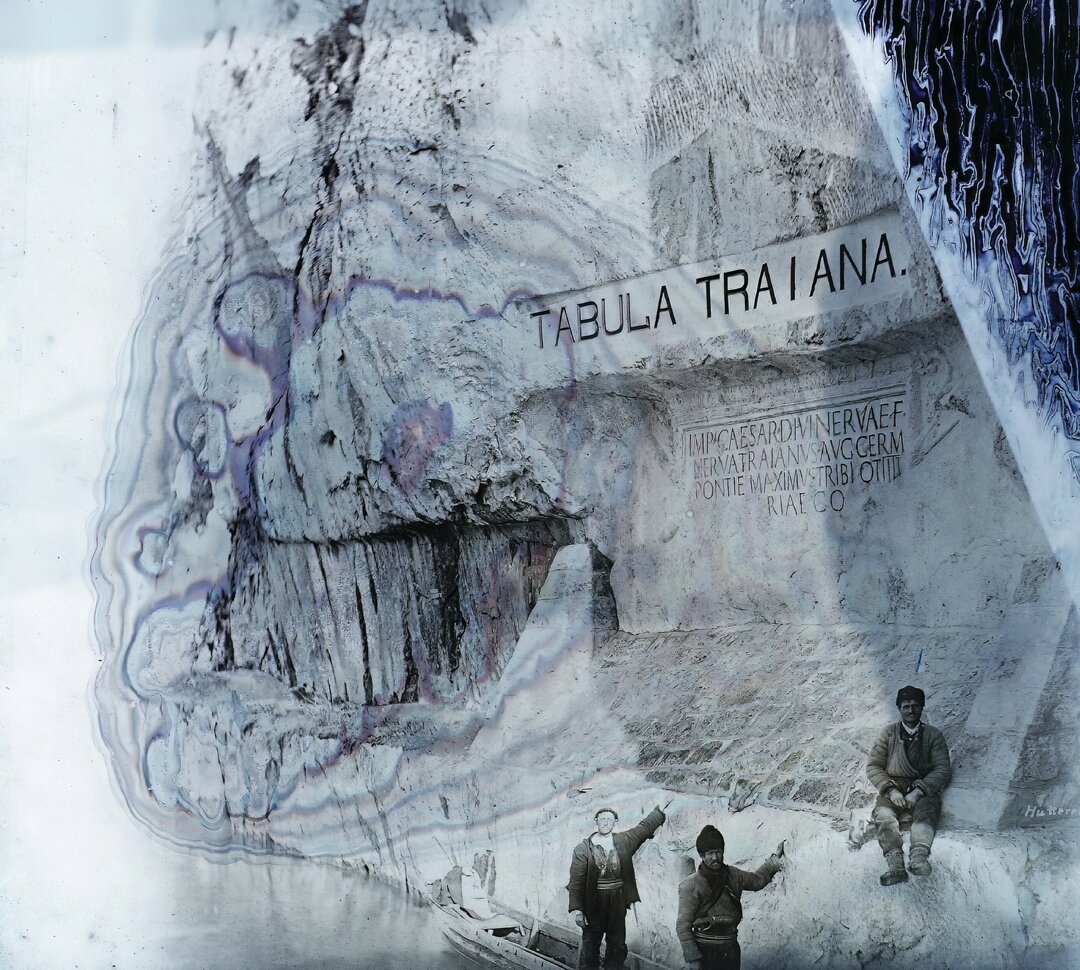
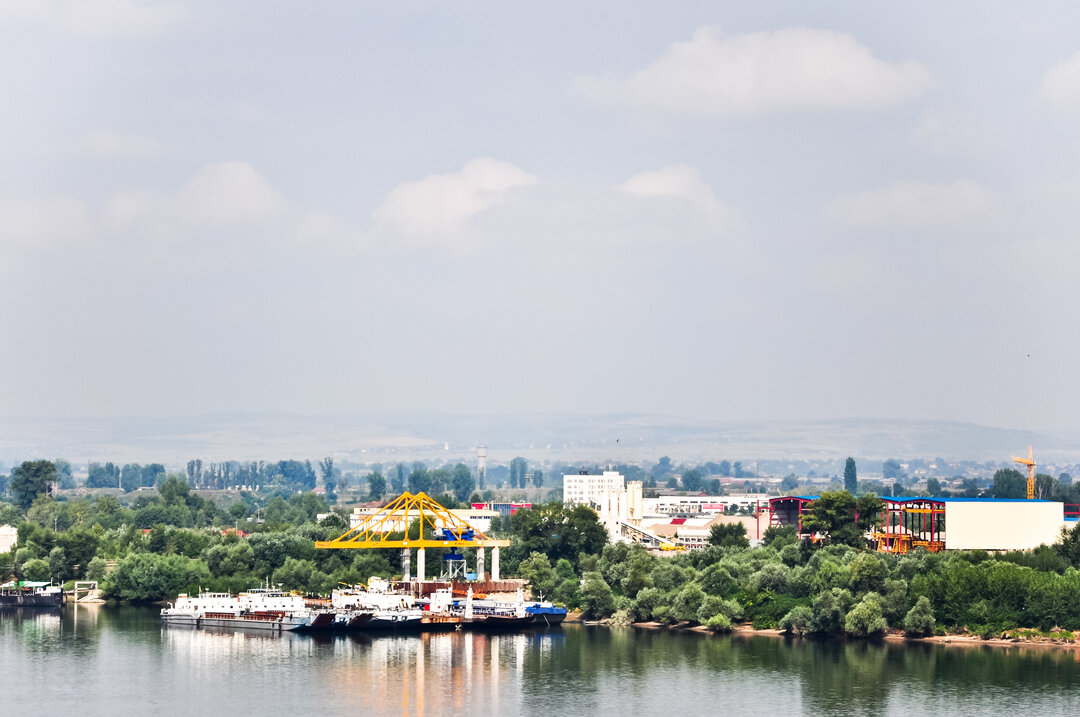
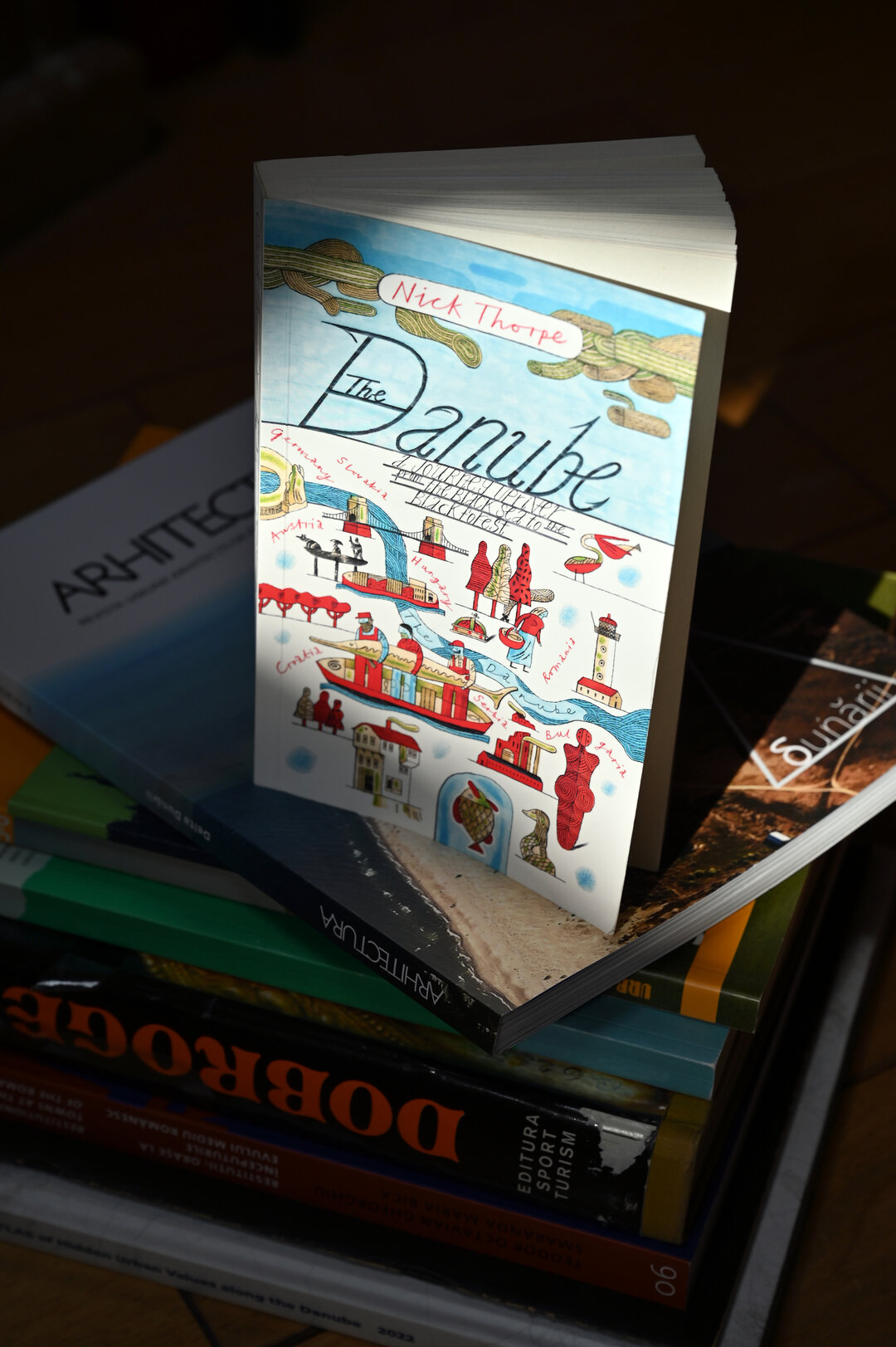
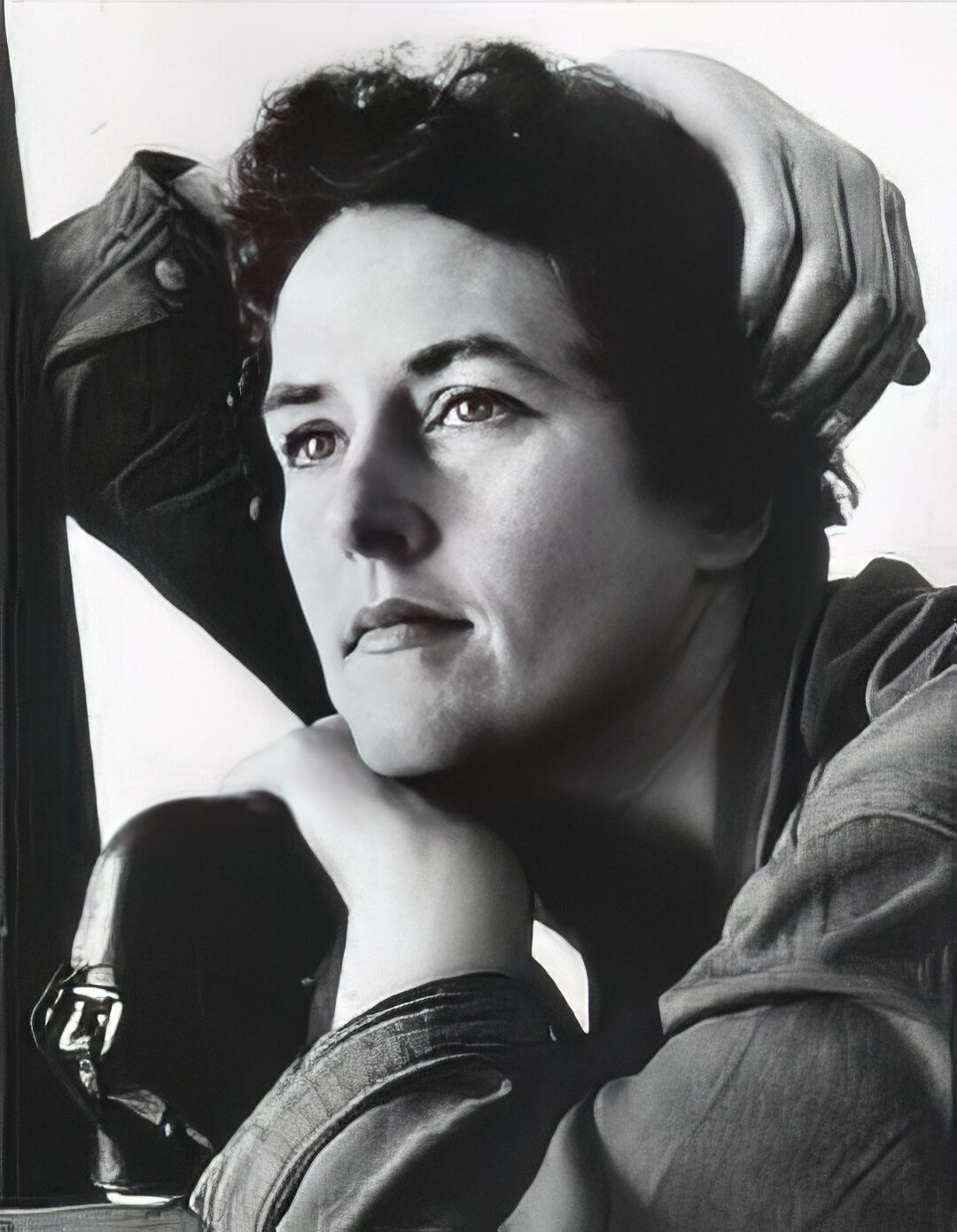

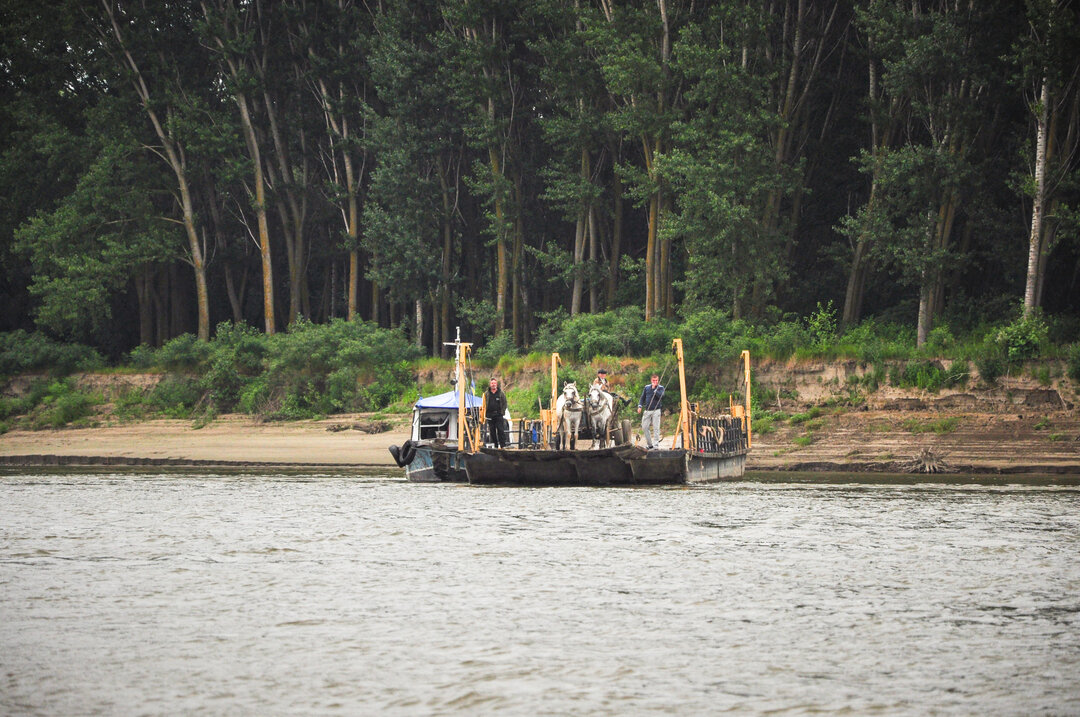
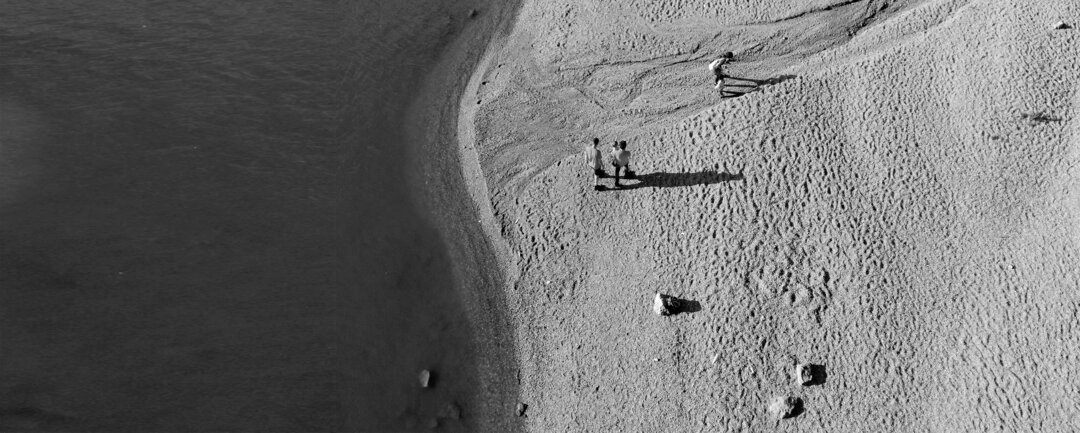
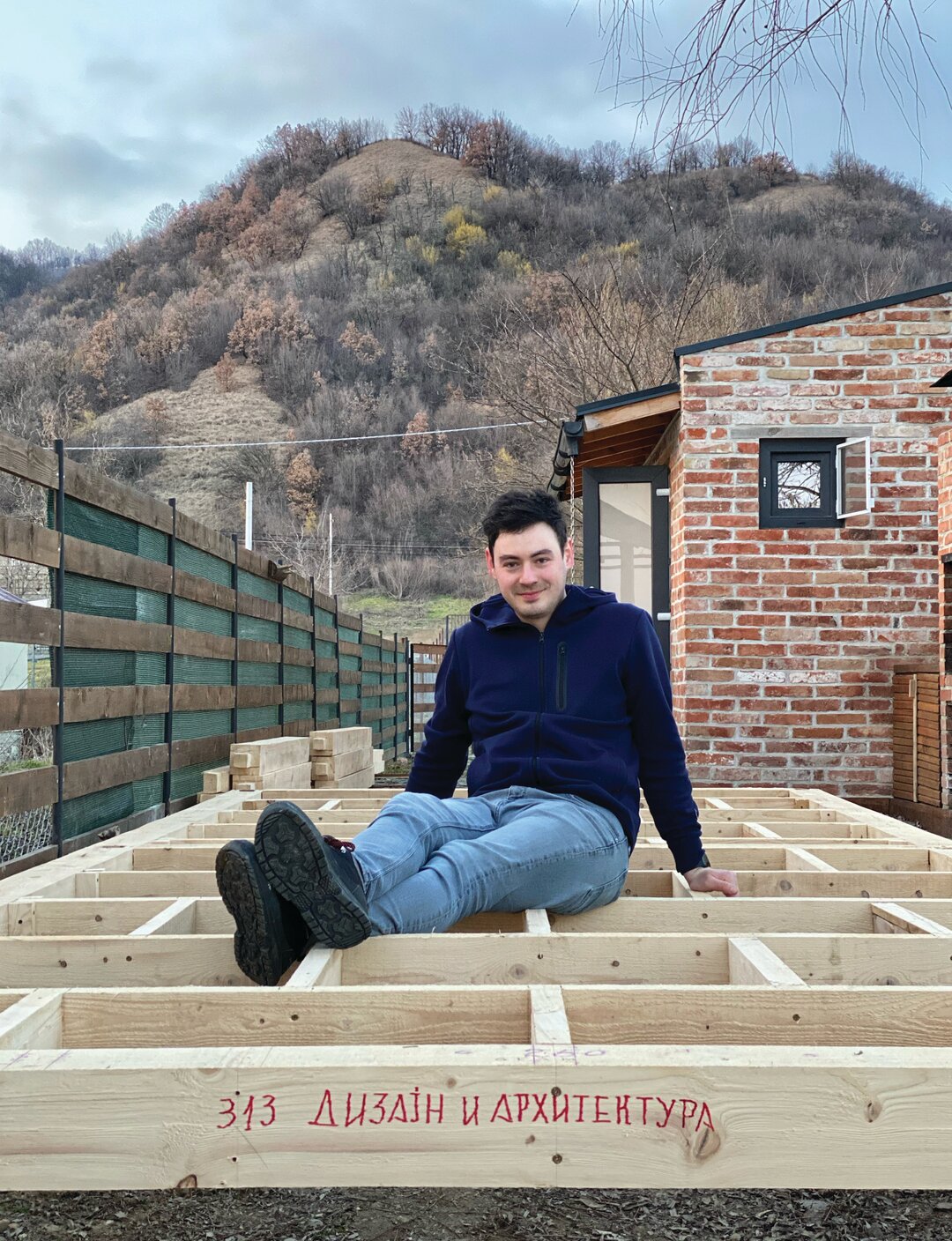
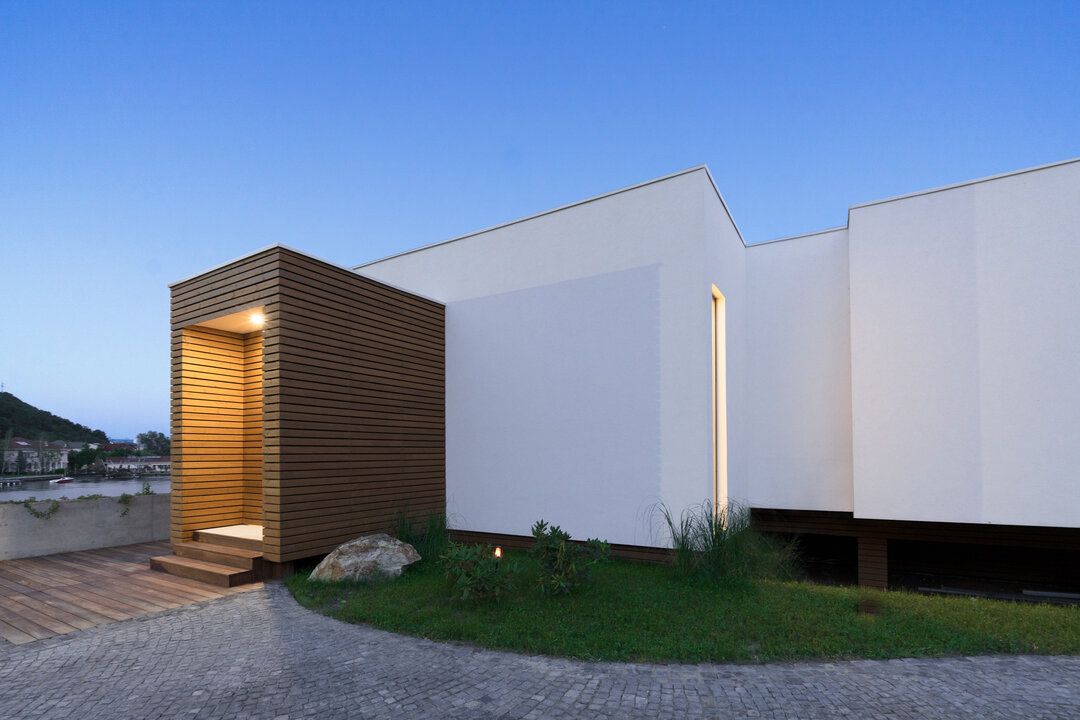
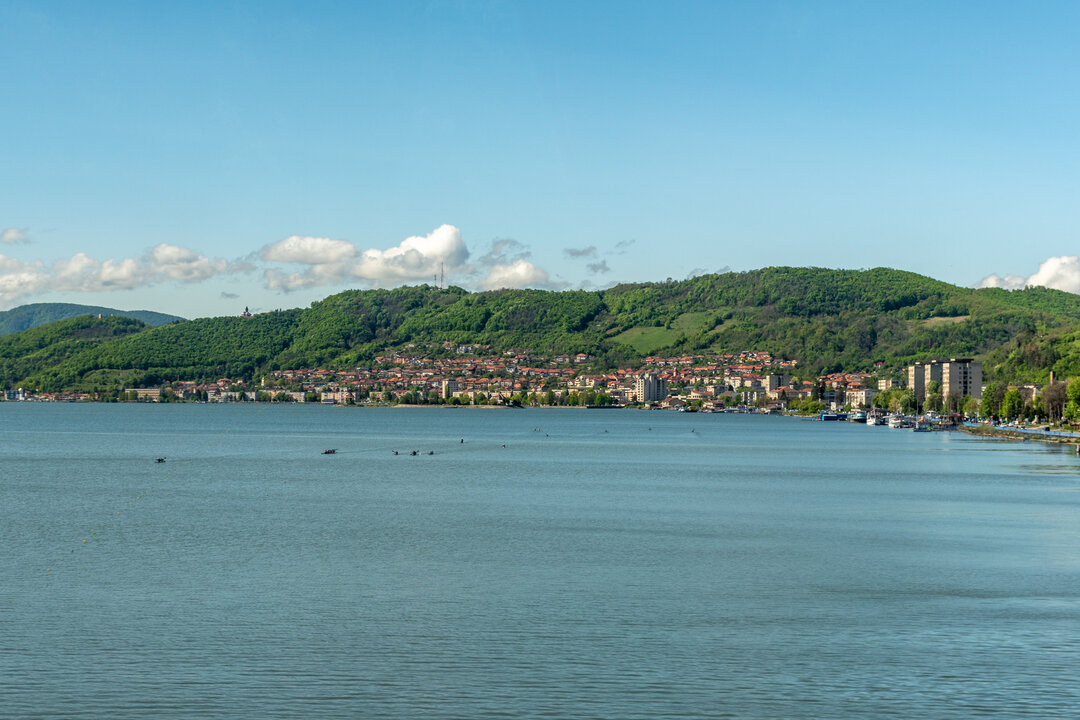
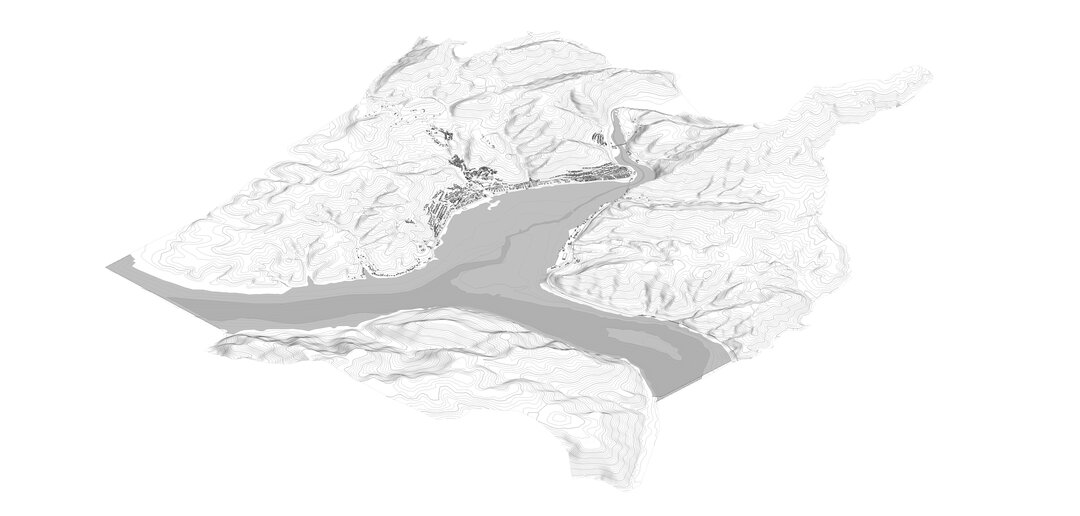
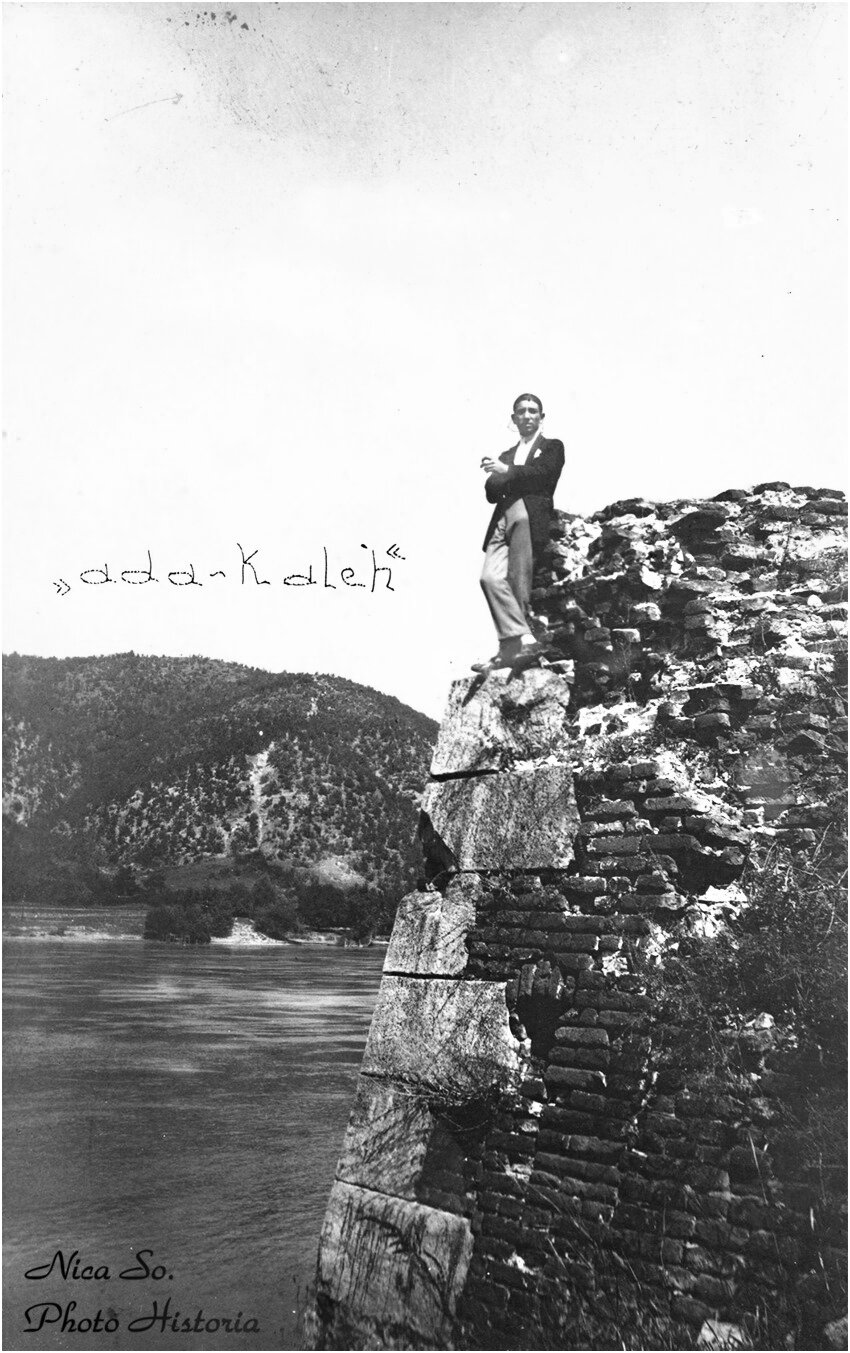
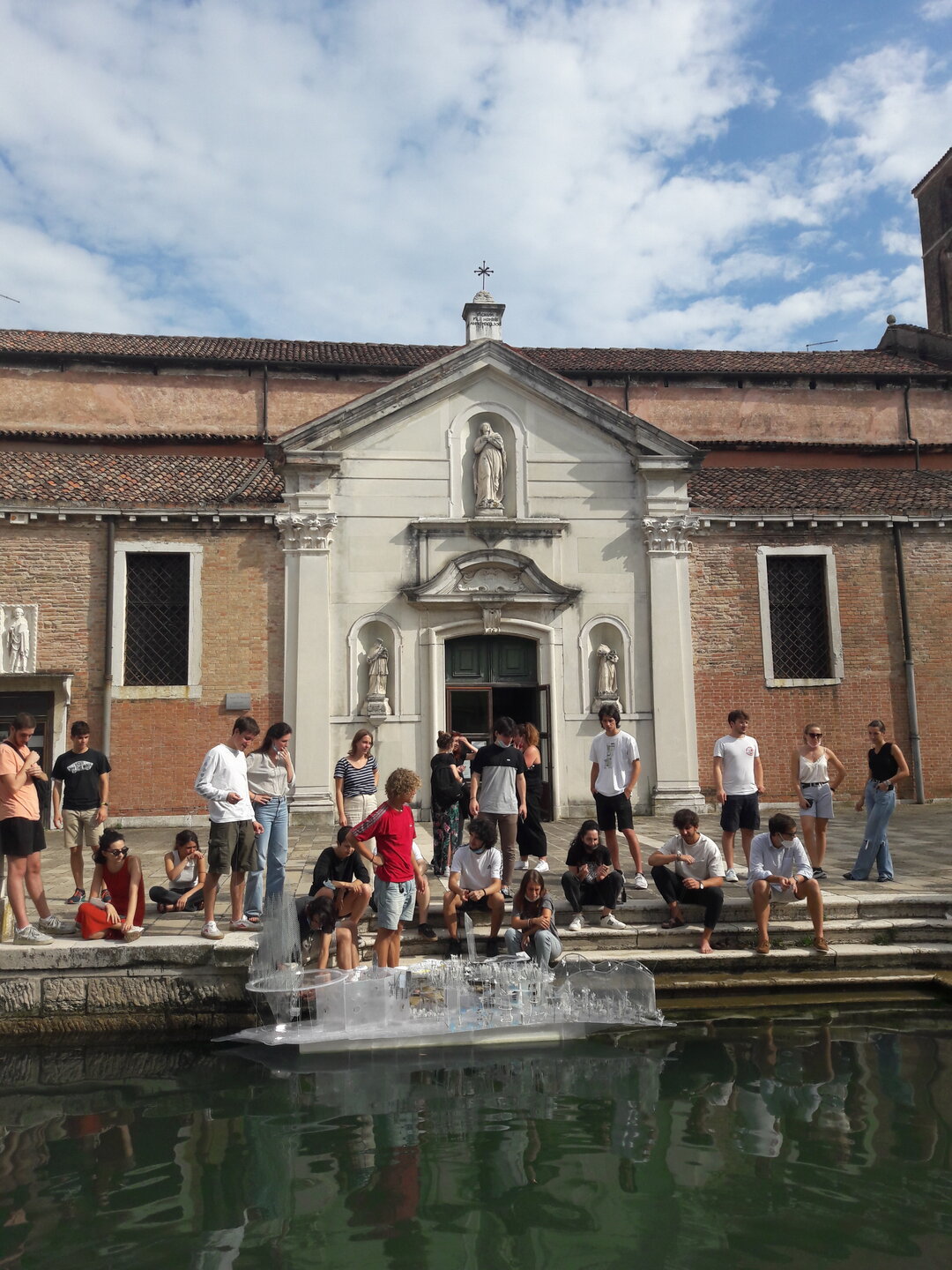
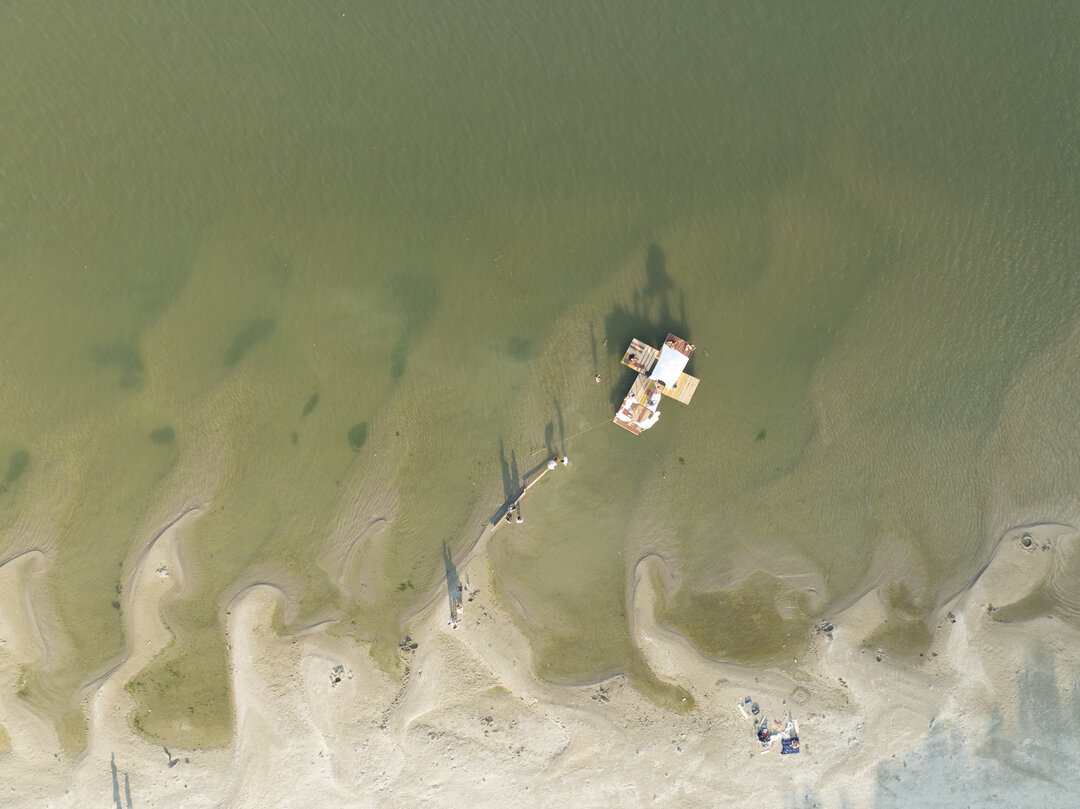
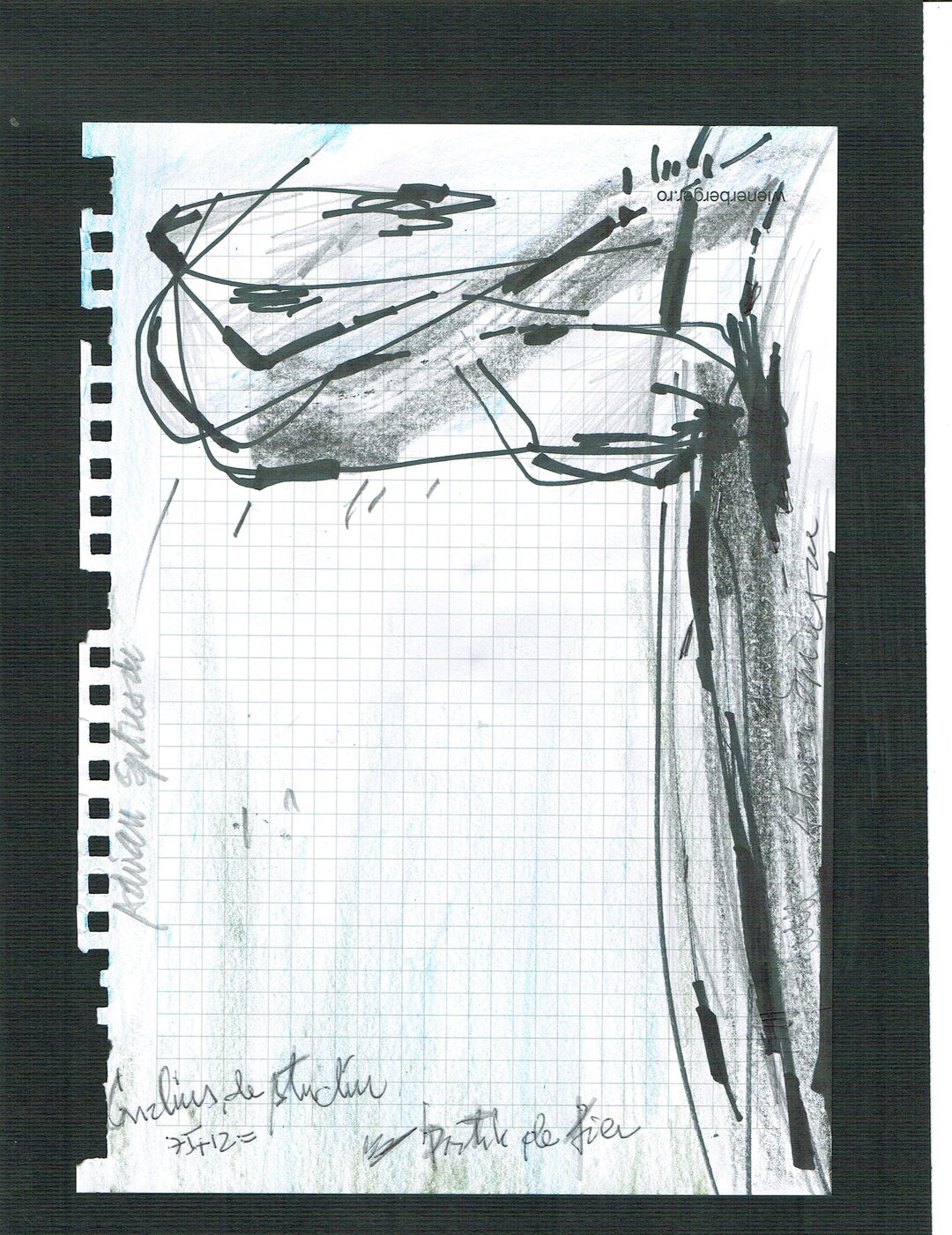
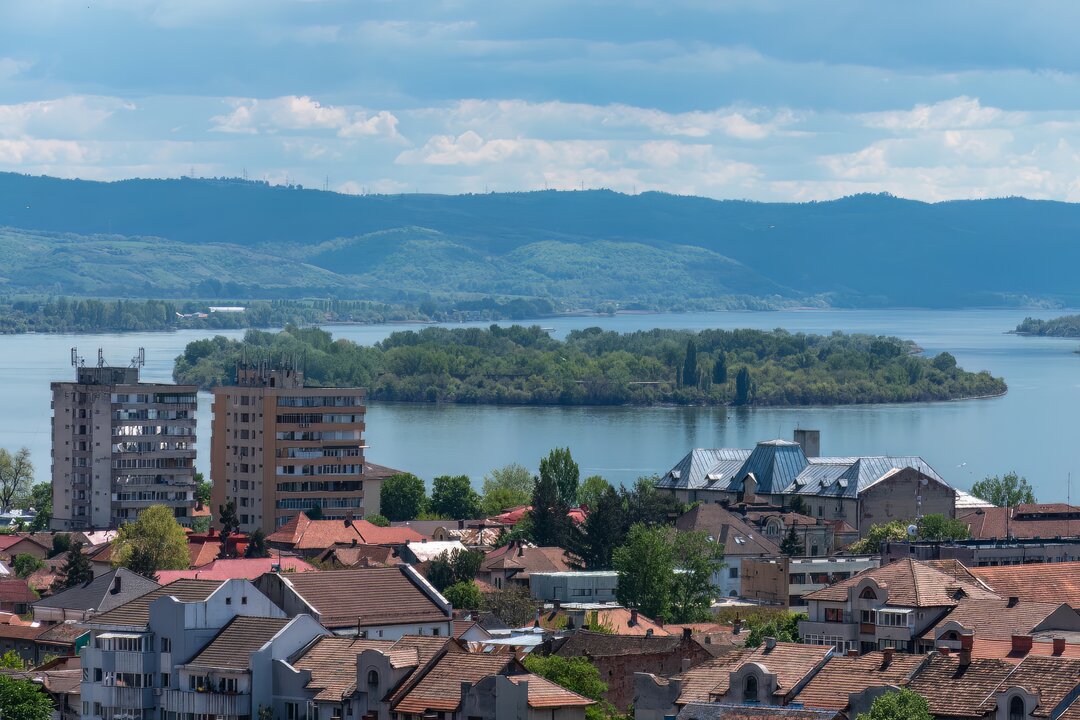
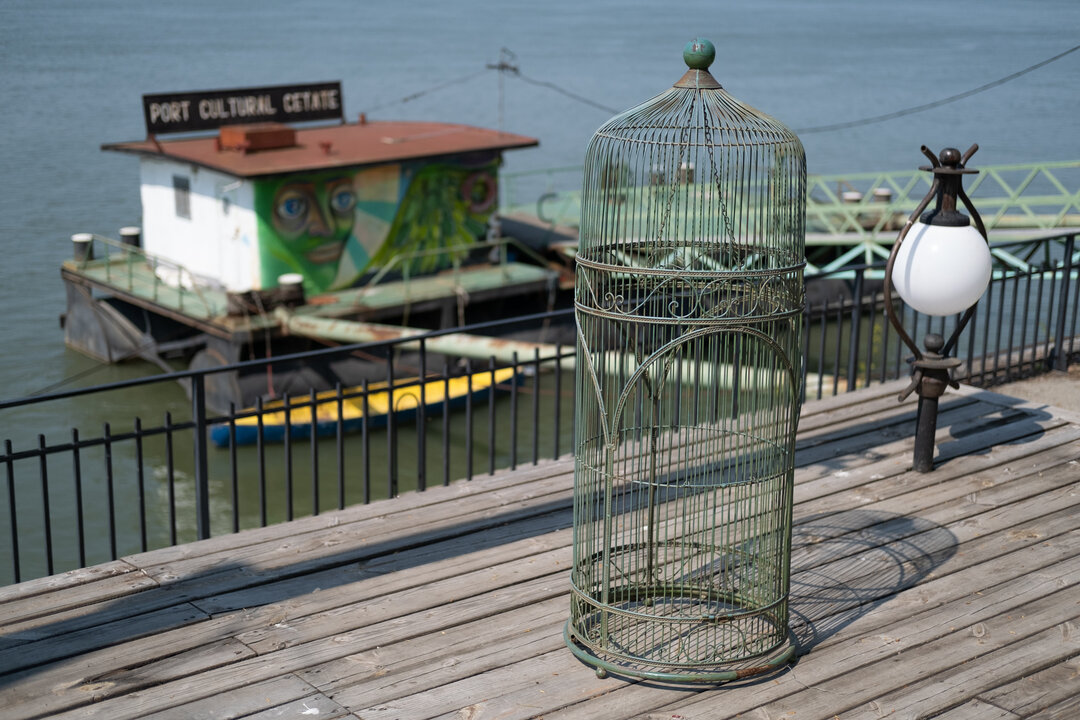
-topaz-denoise-enhance-sharpen--15883-m.jpg)

